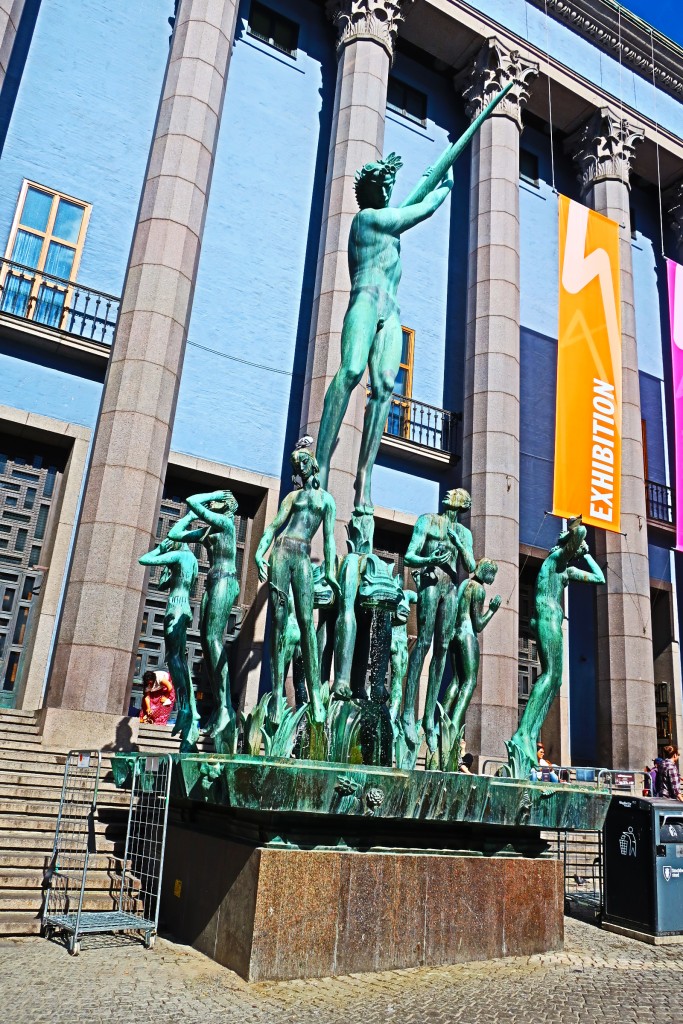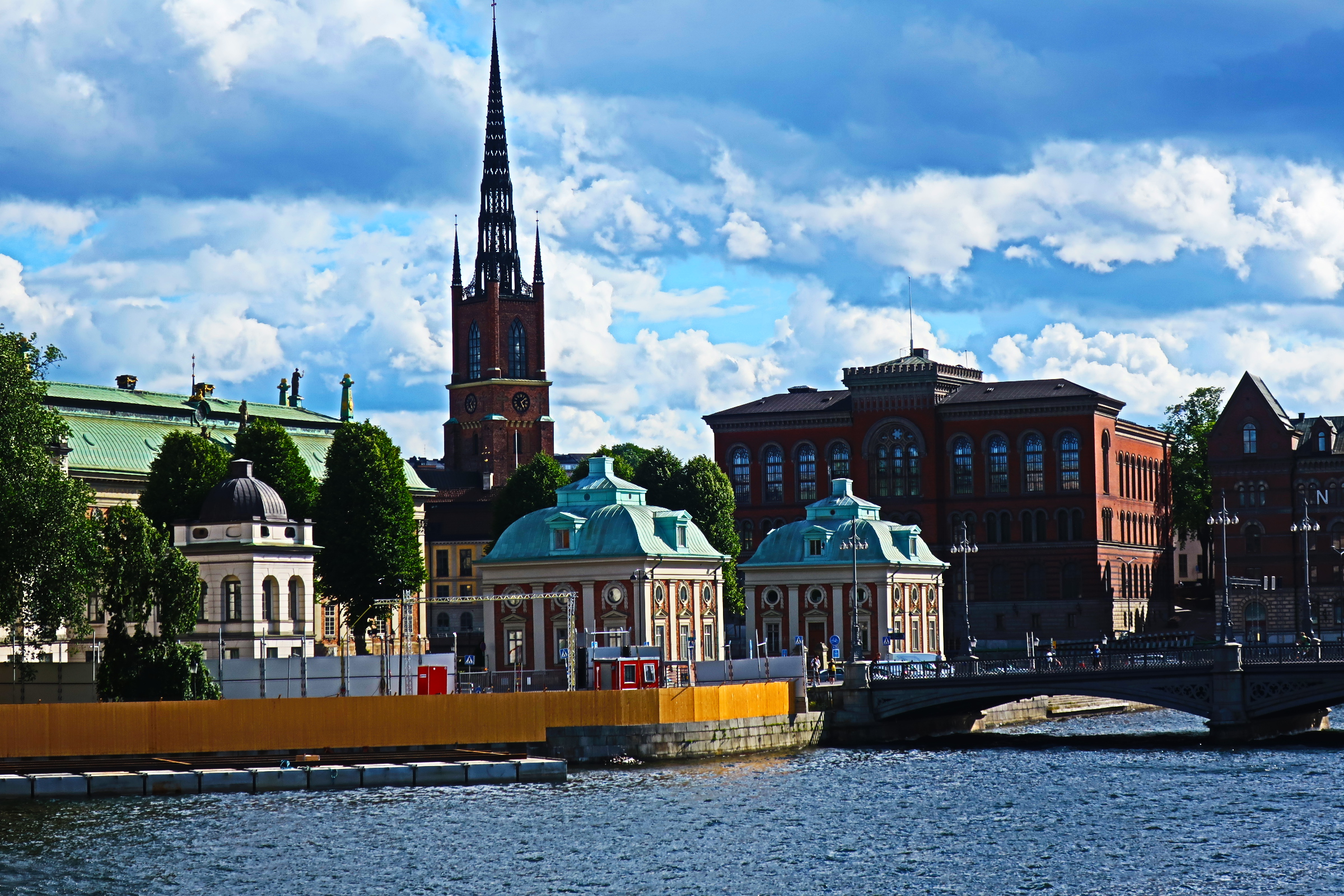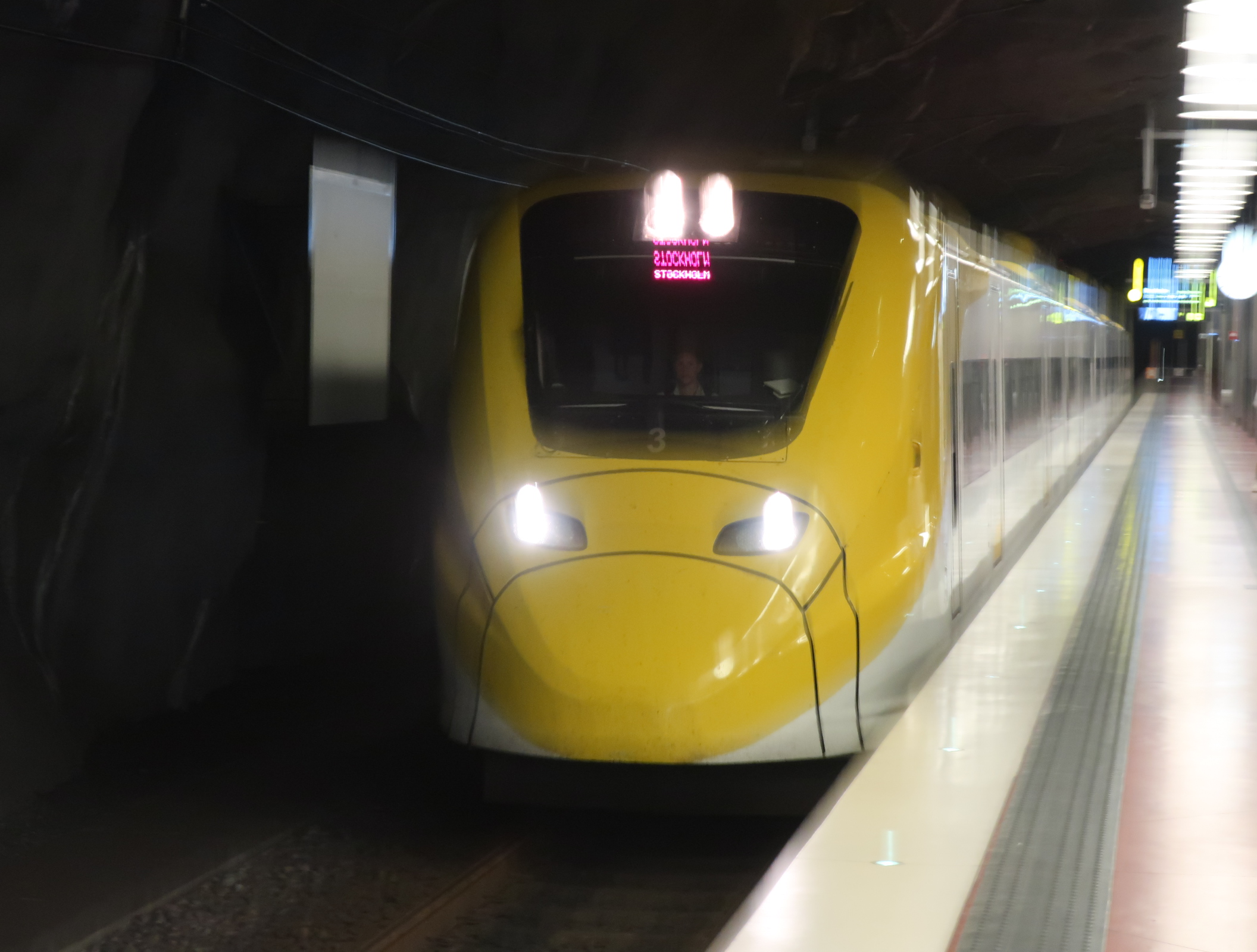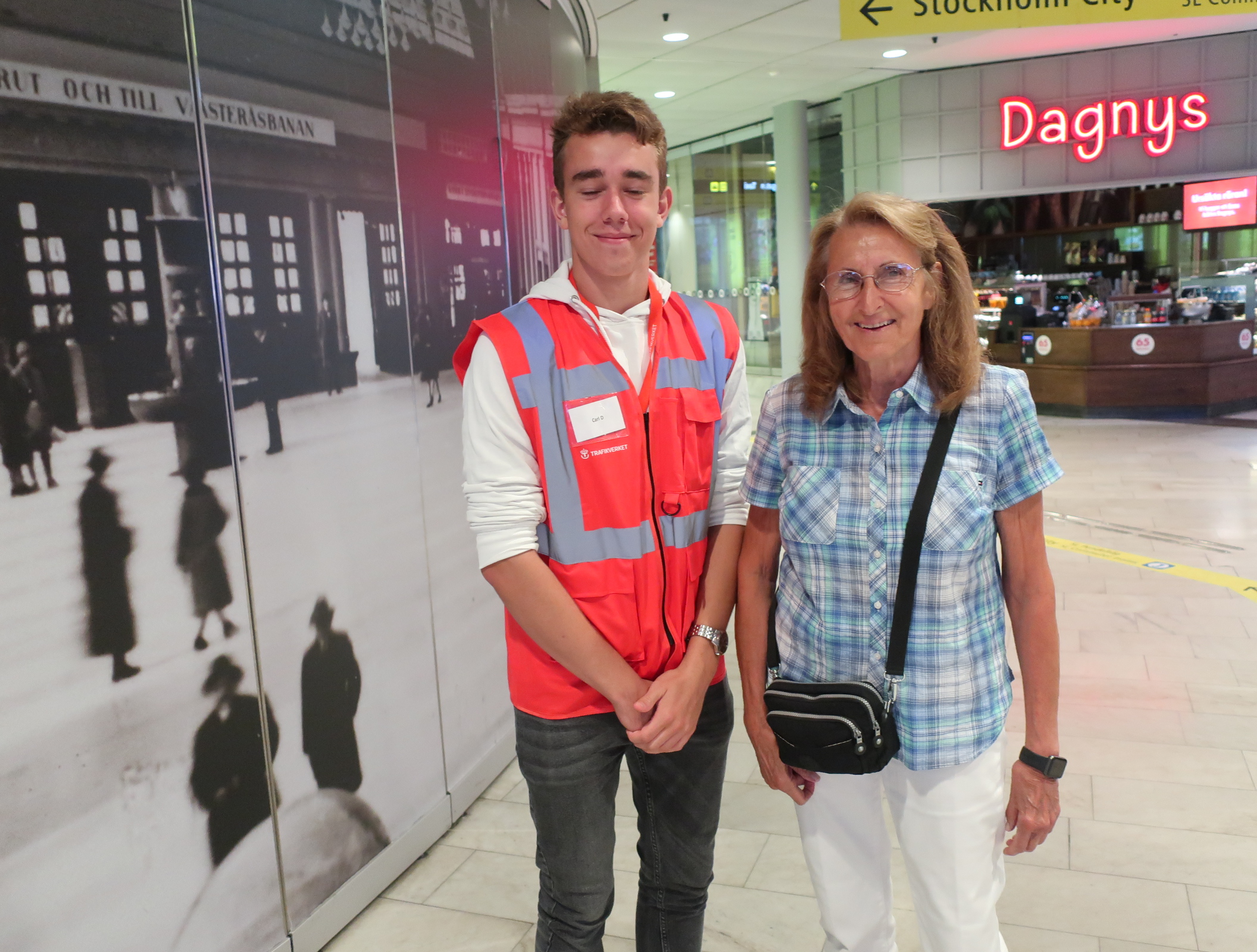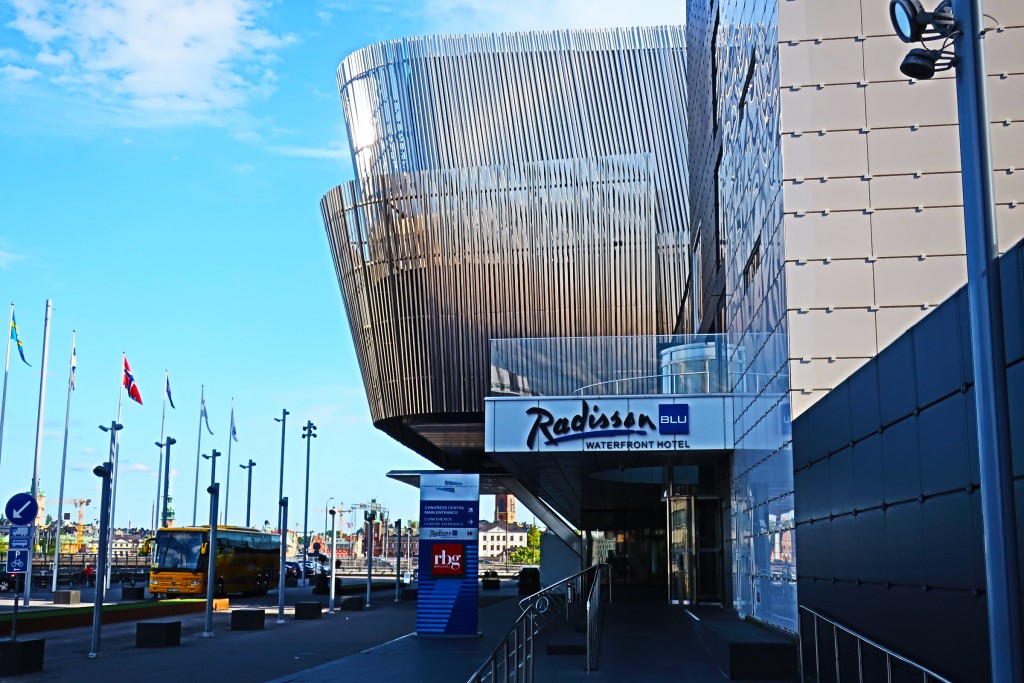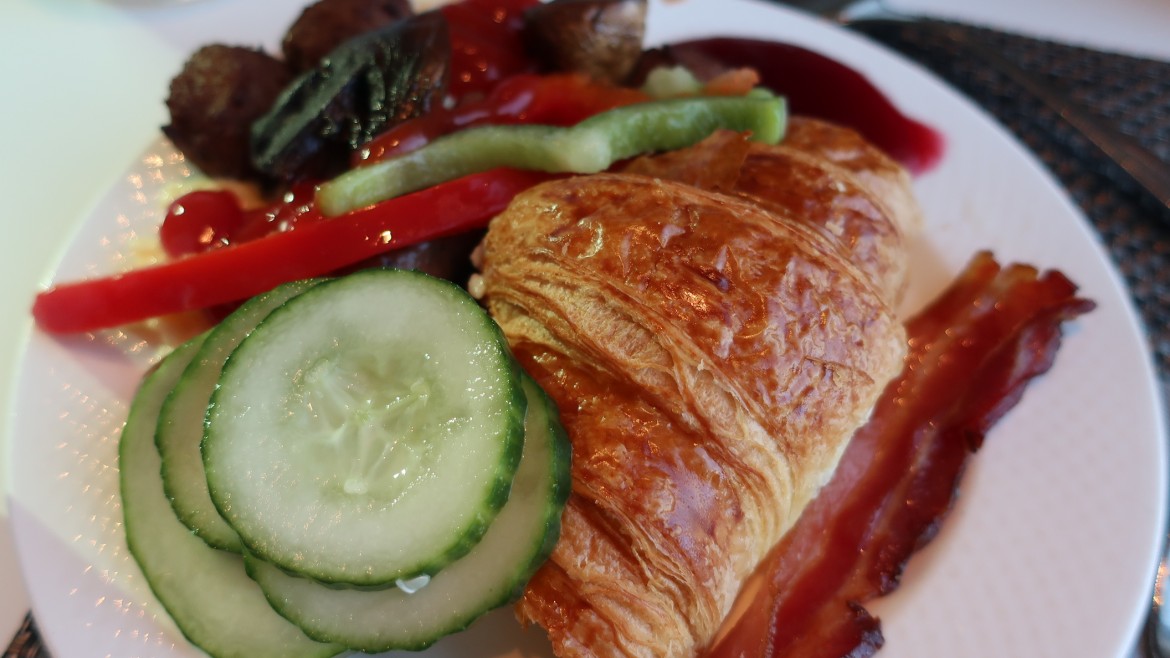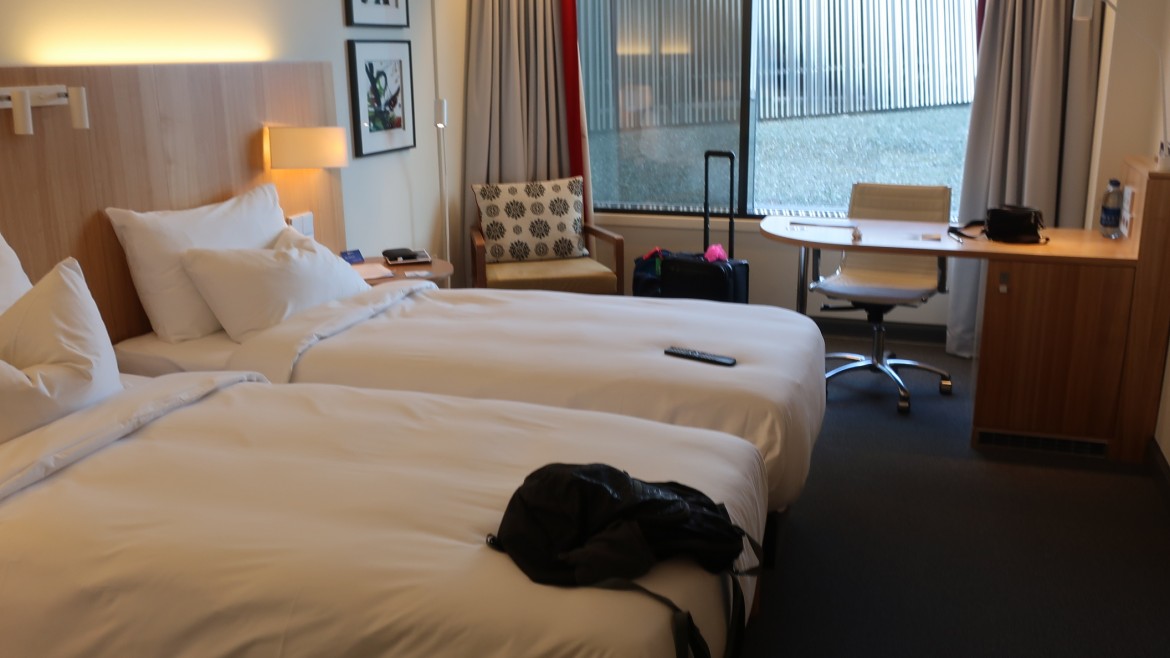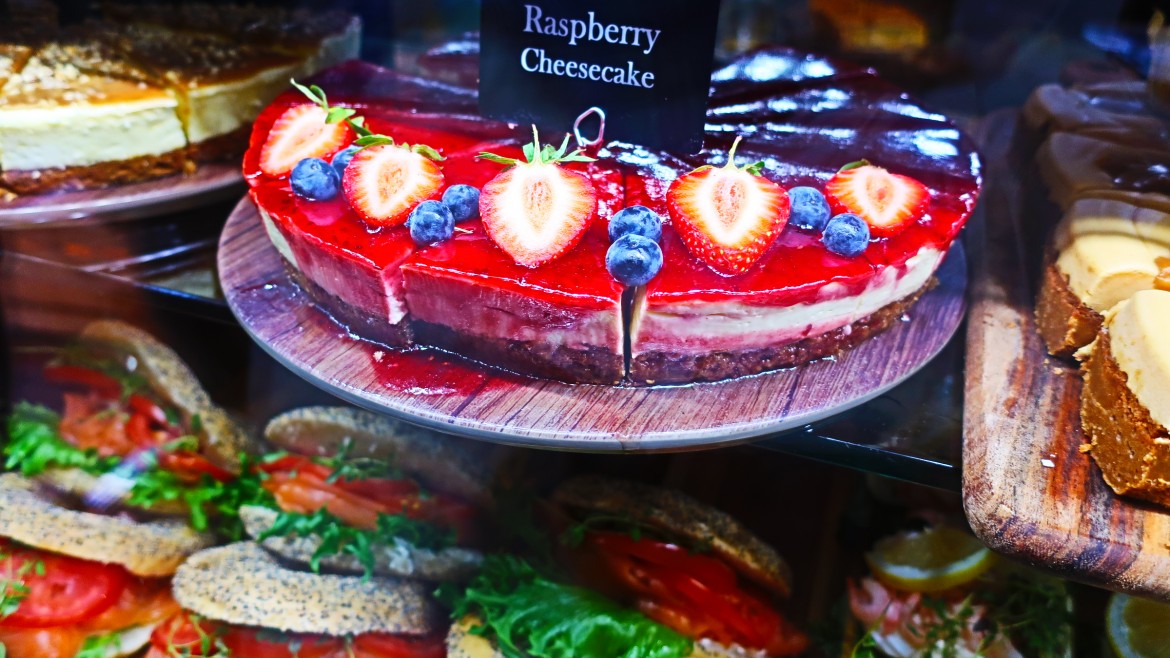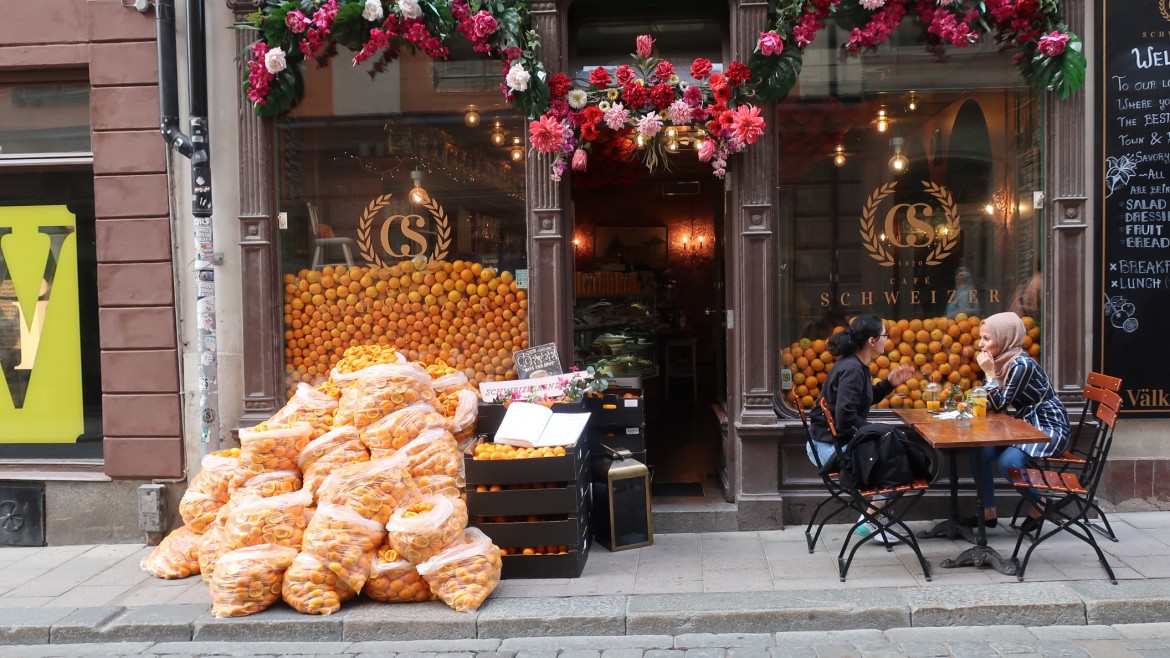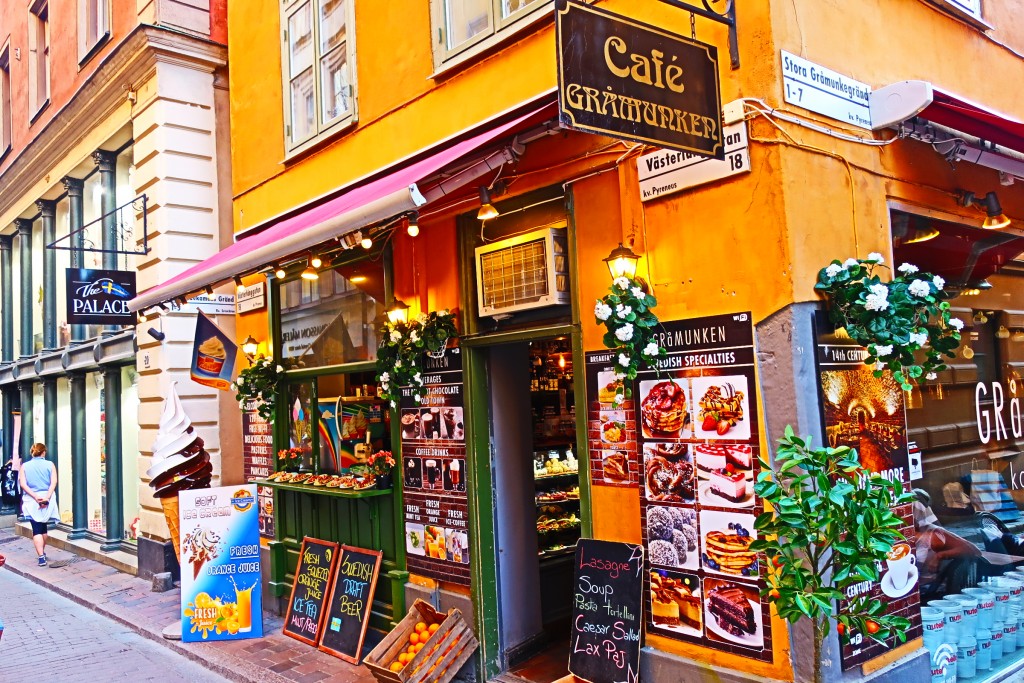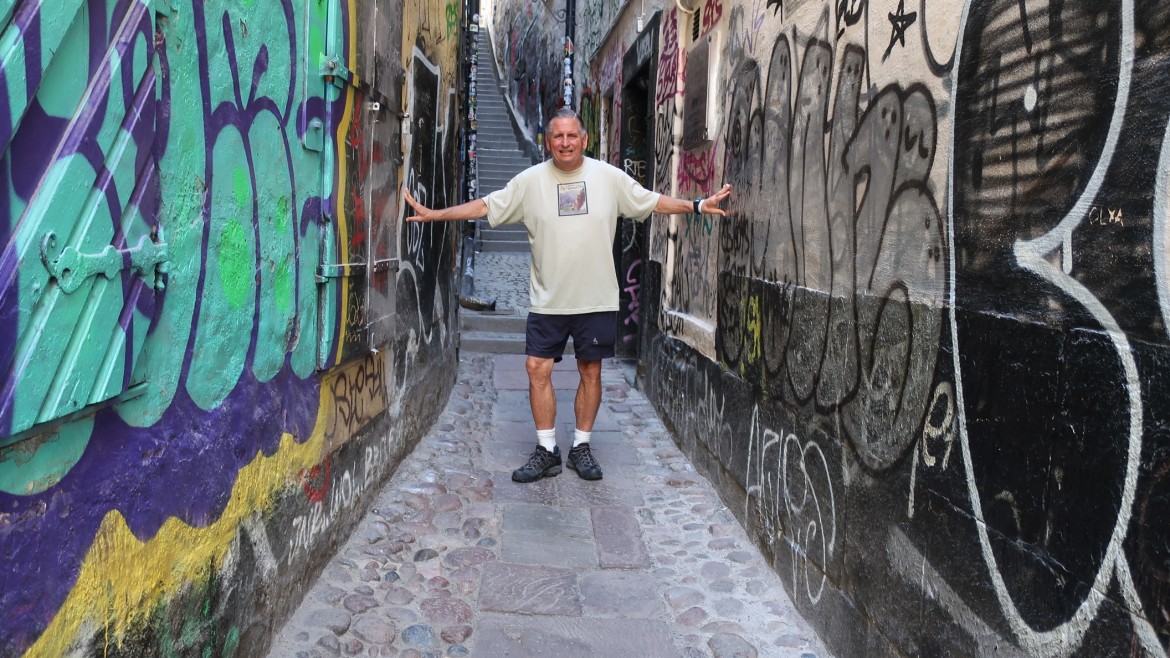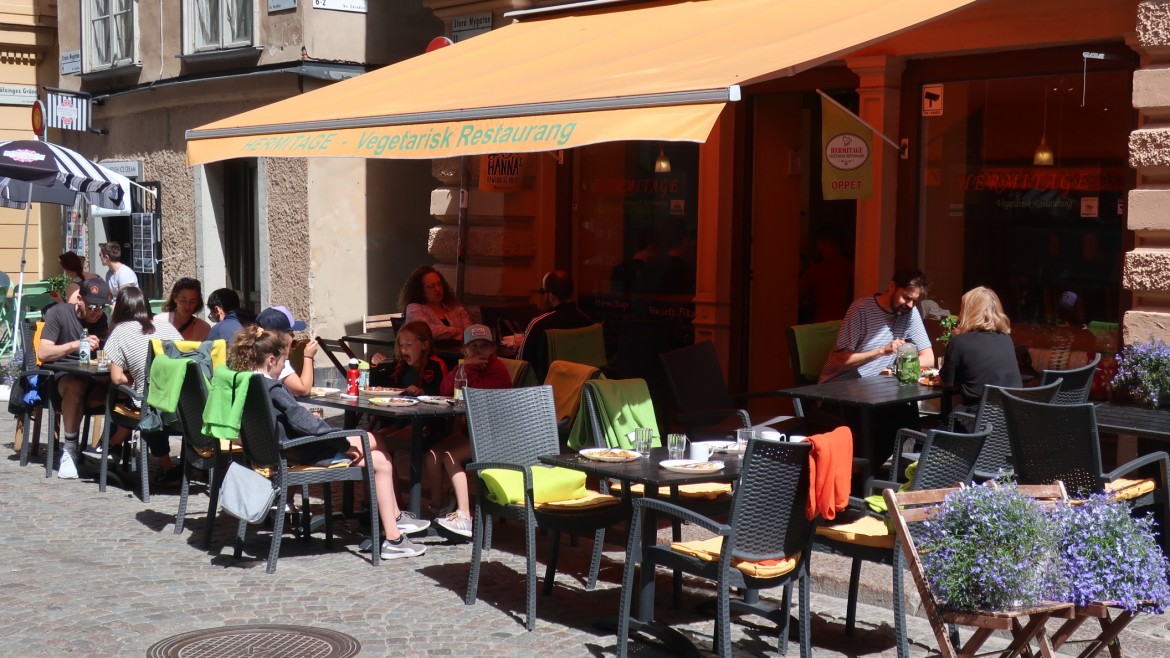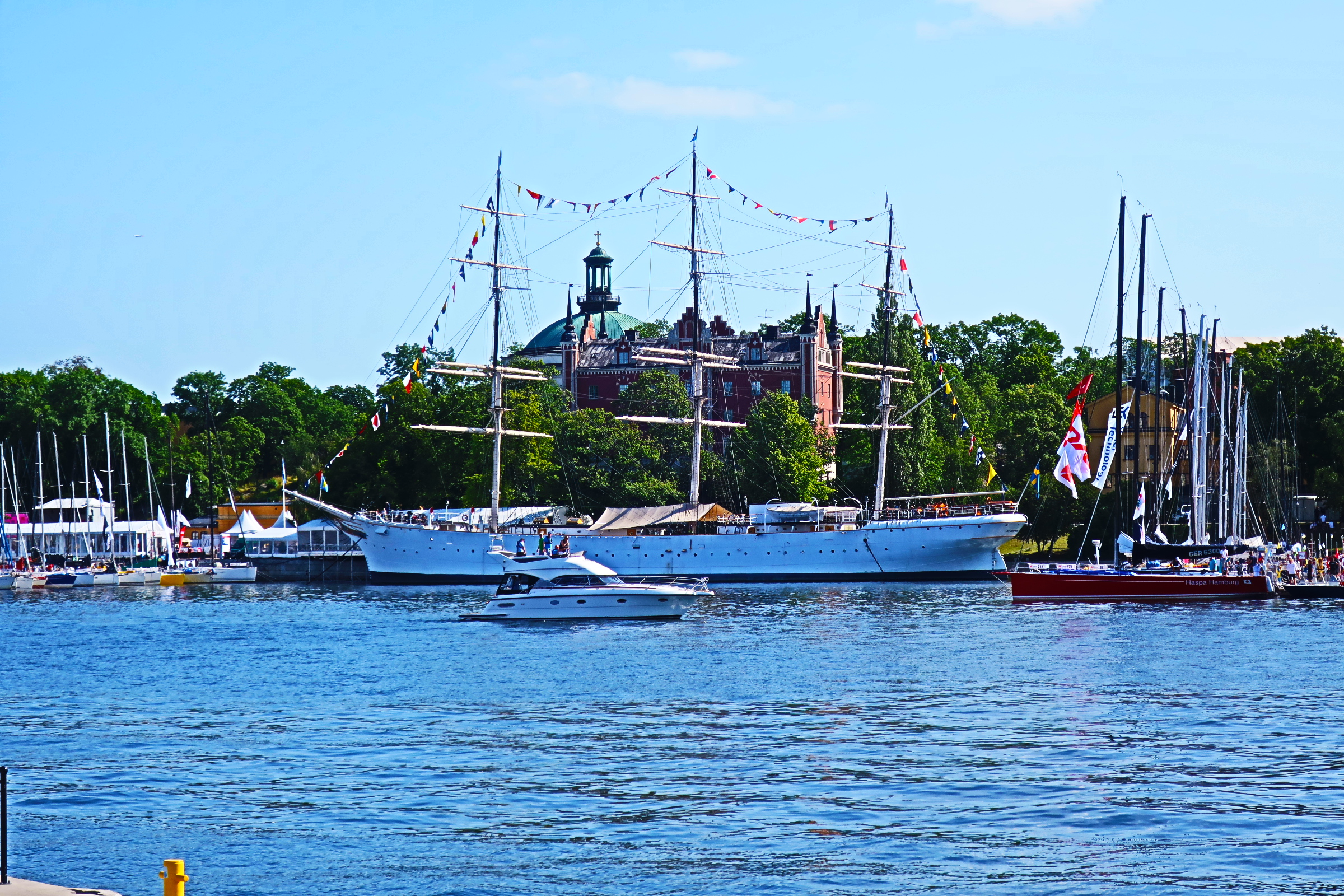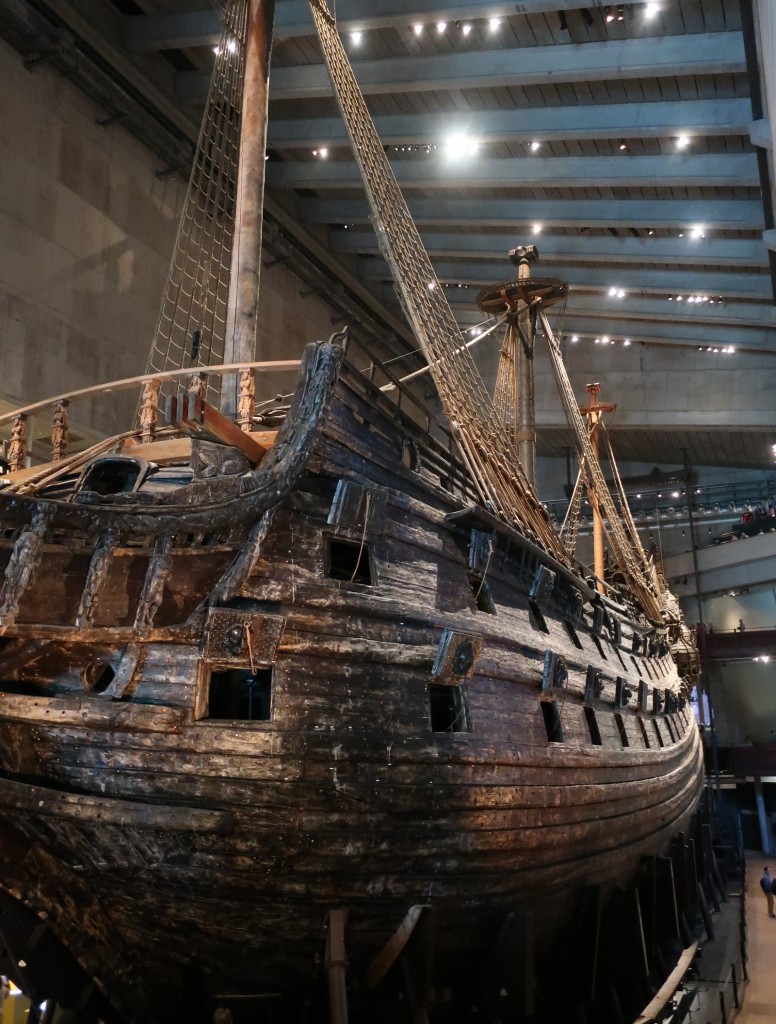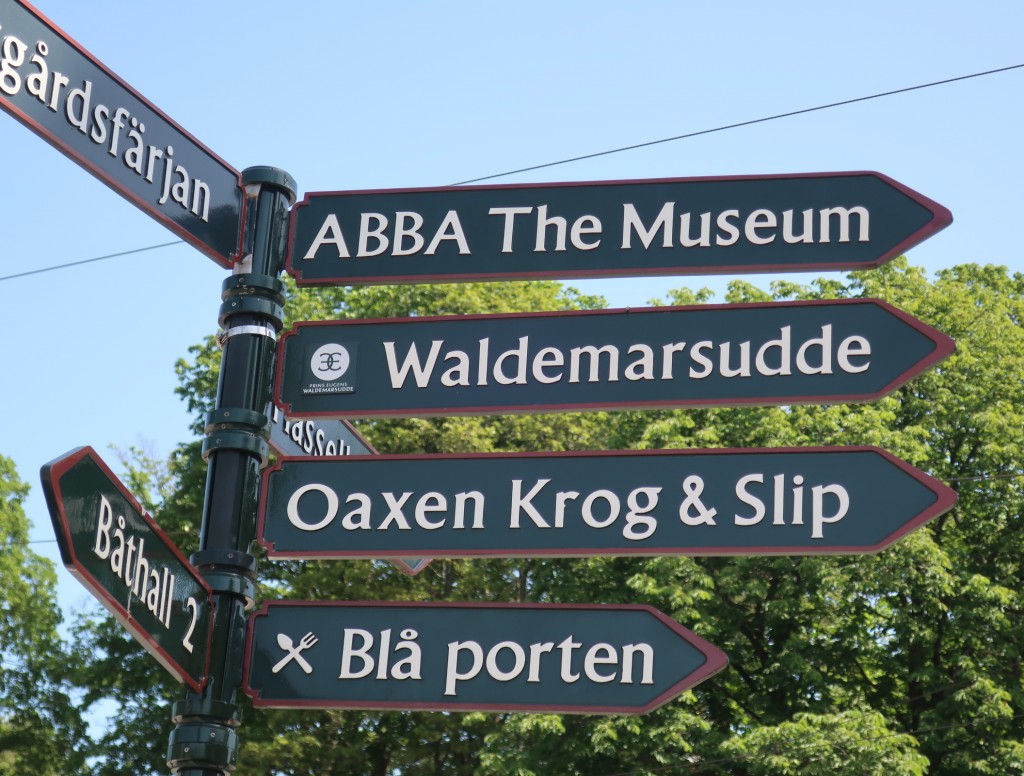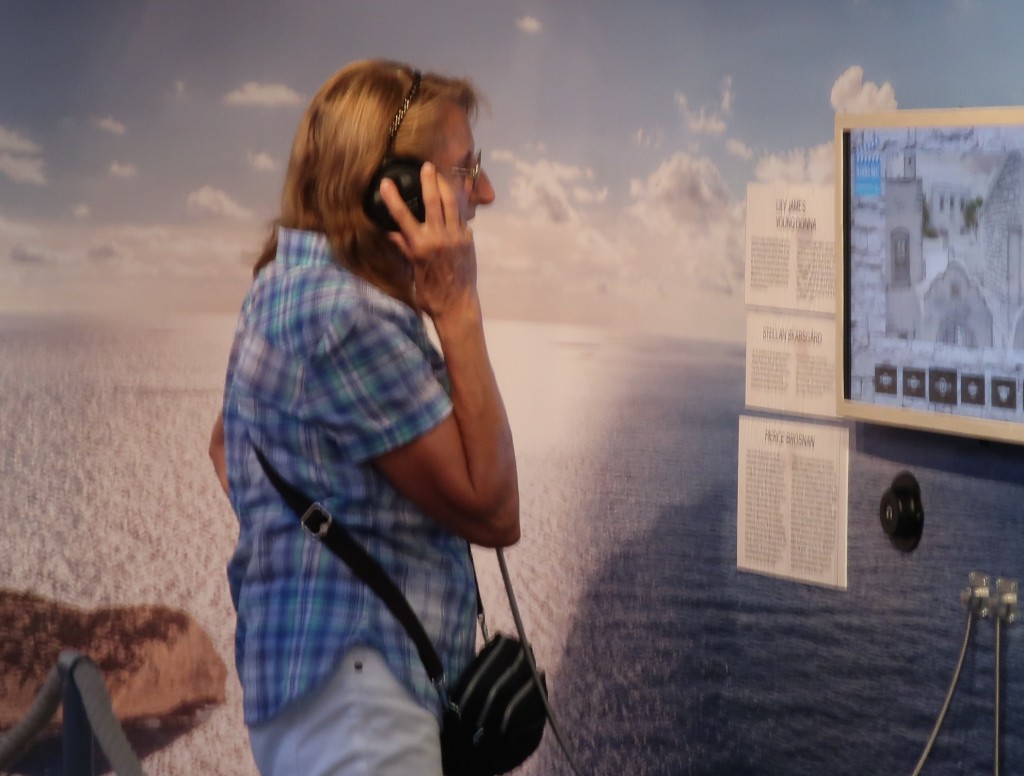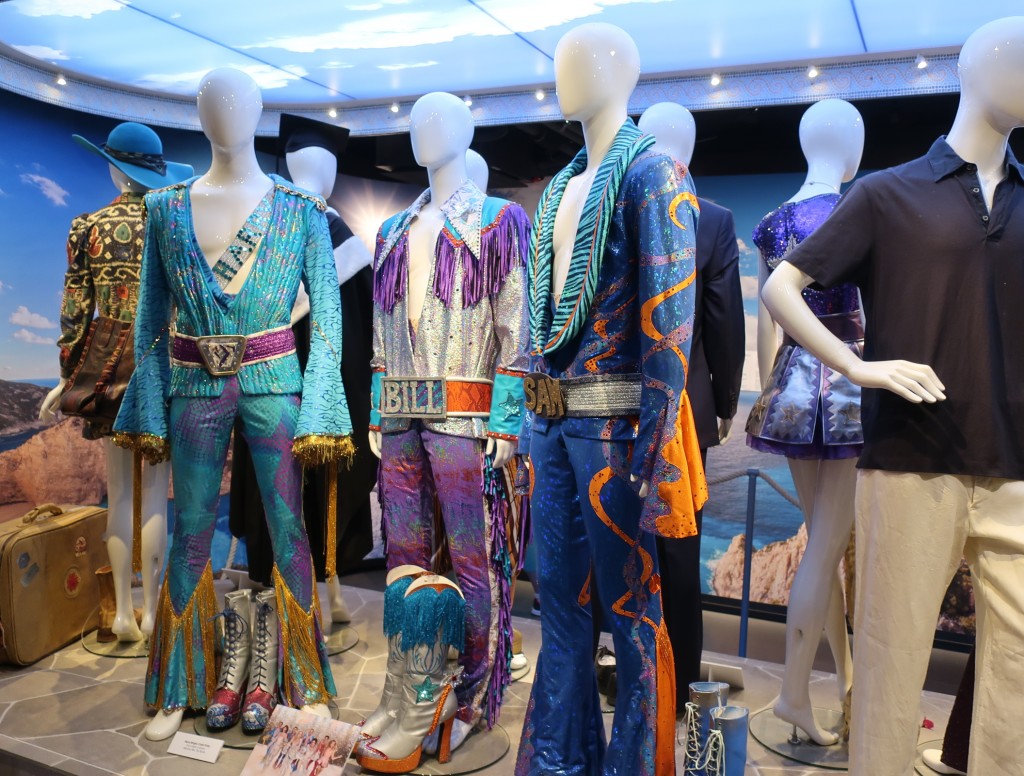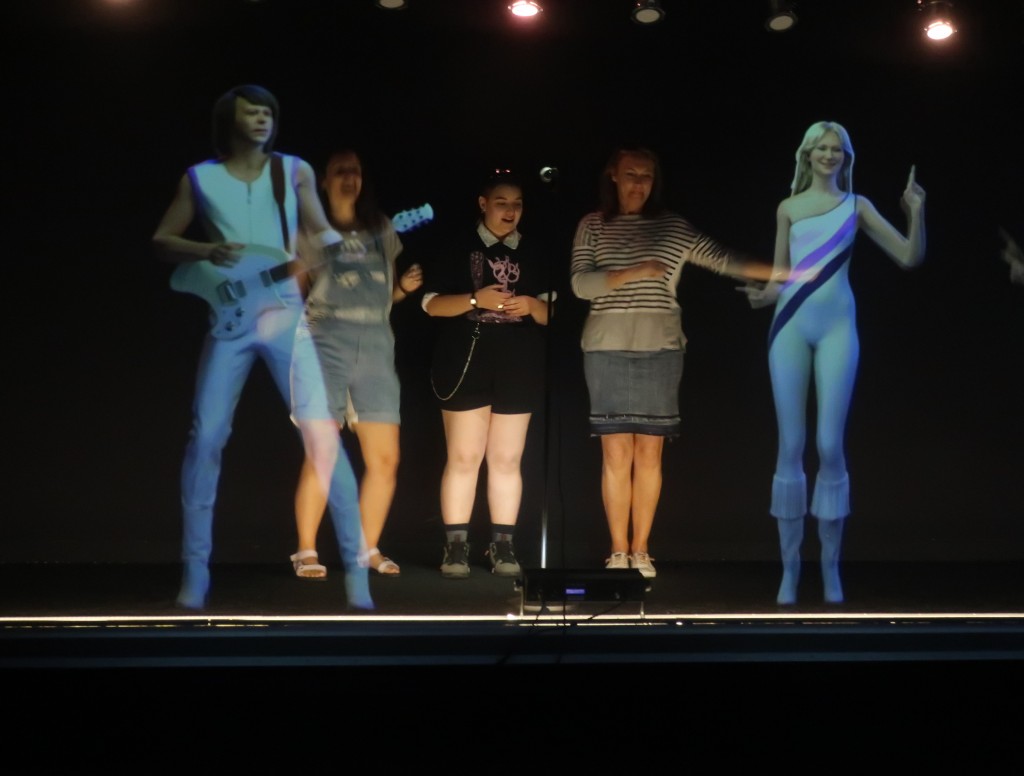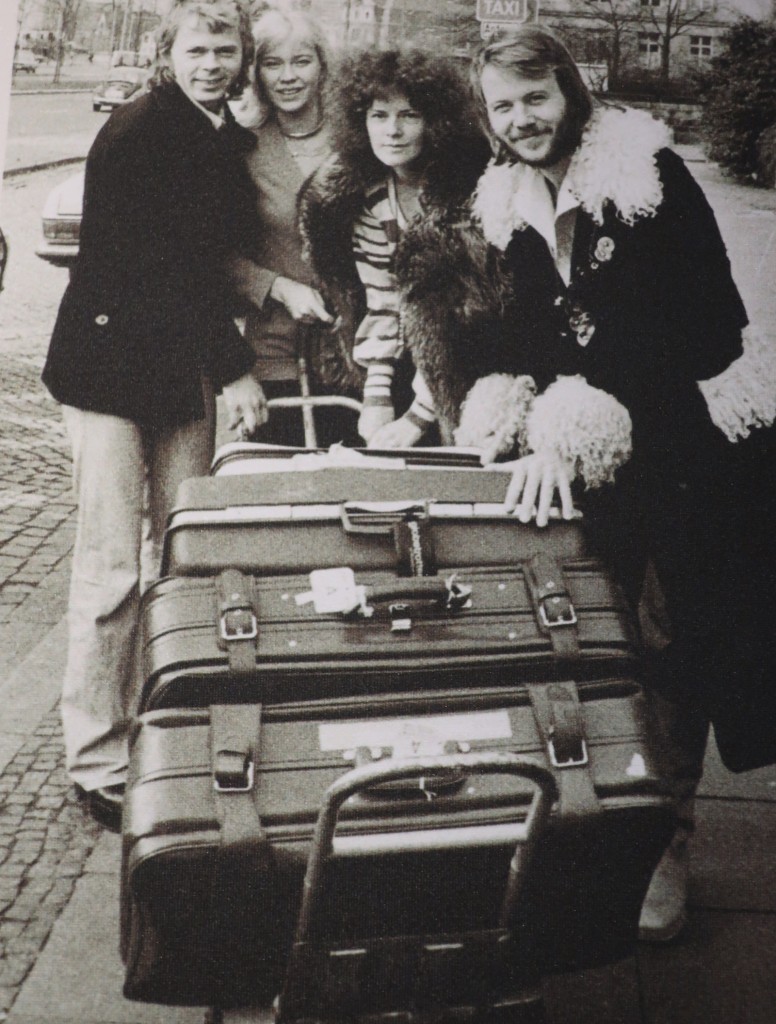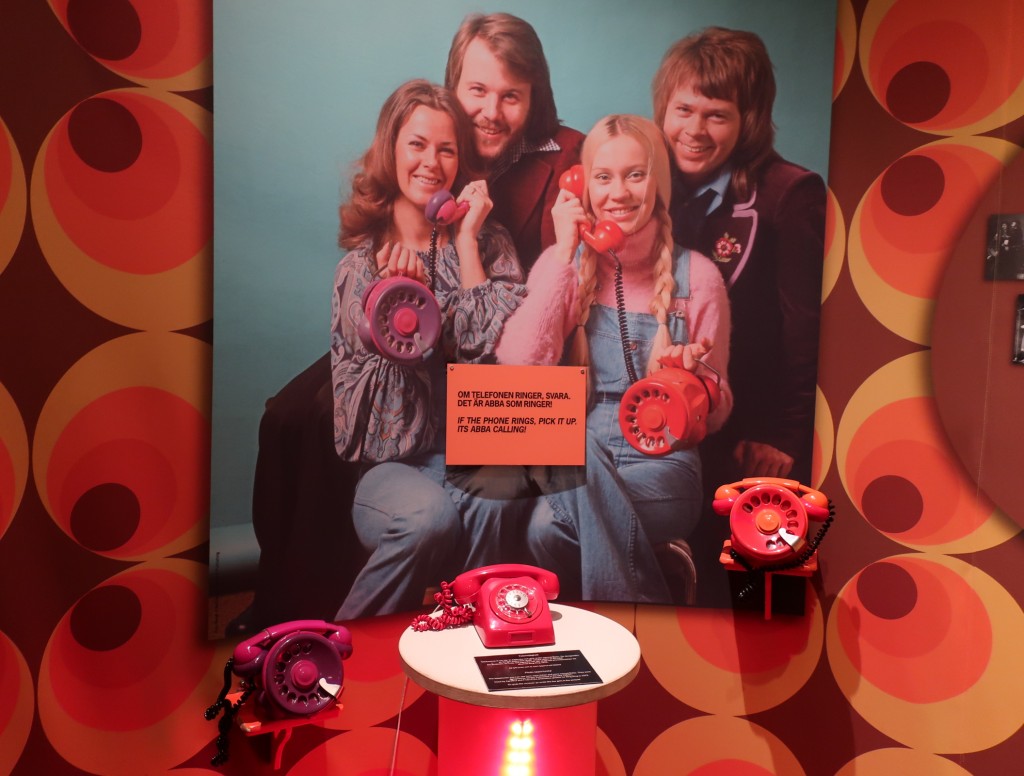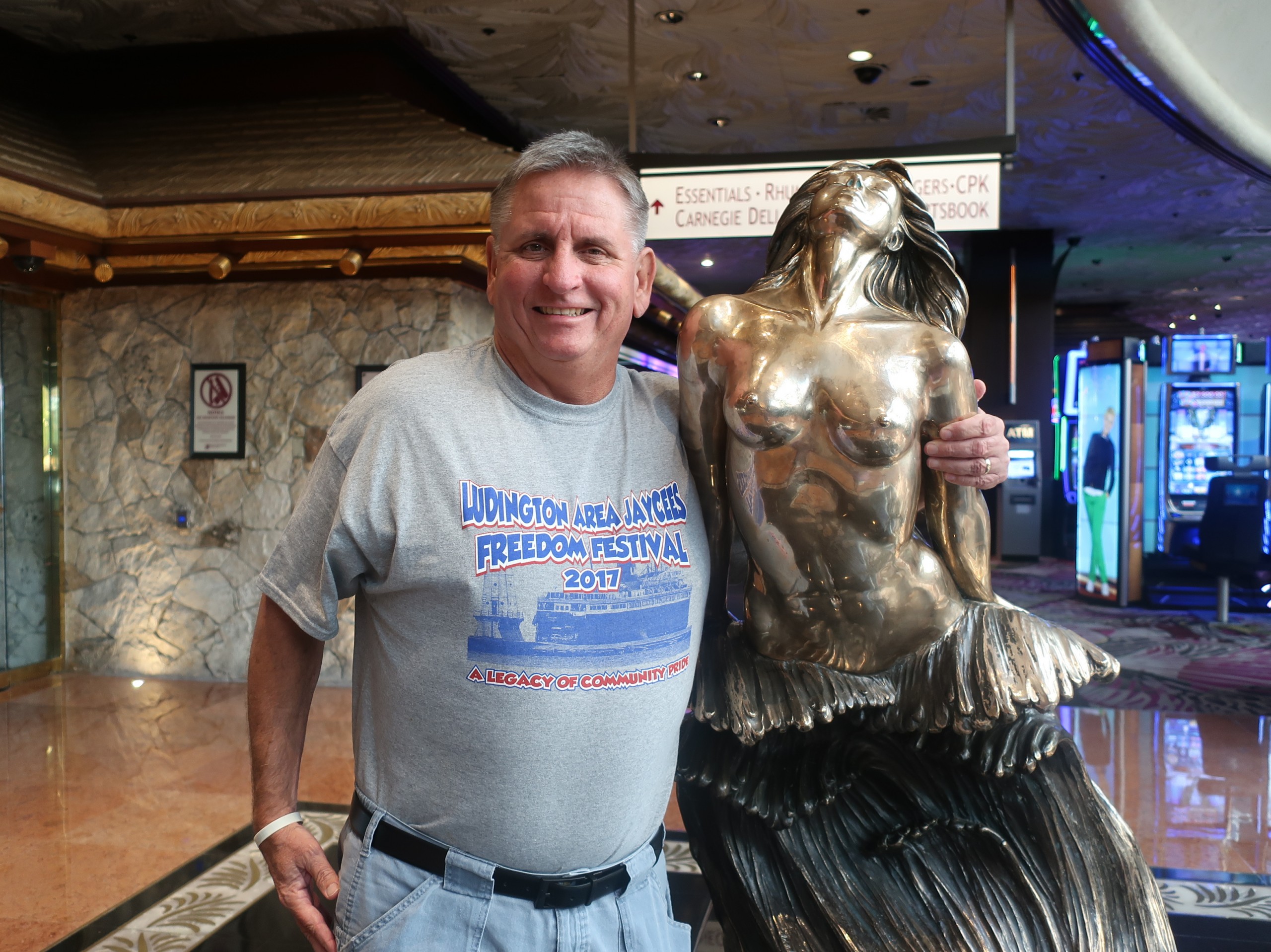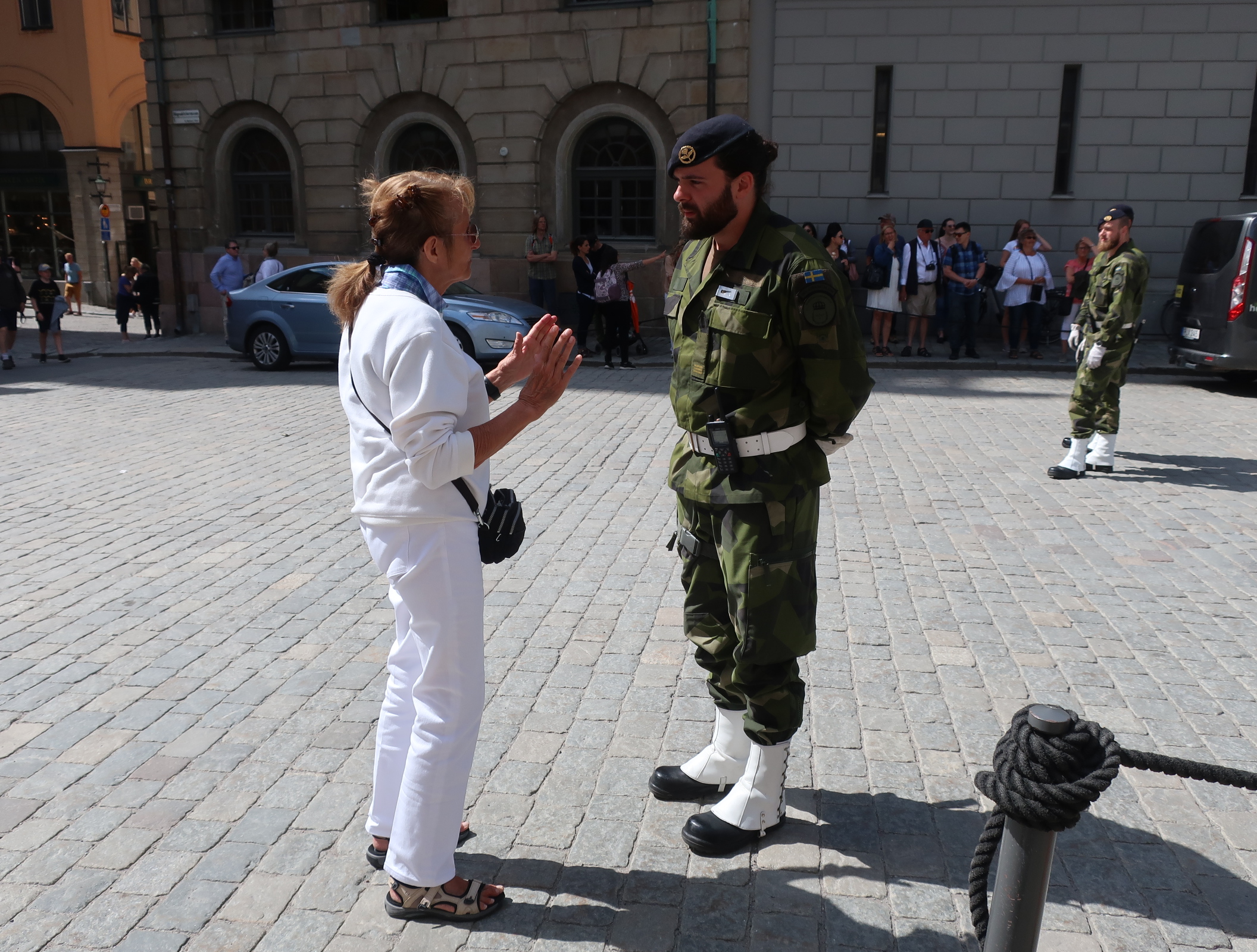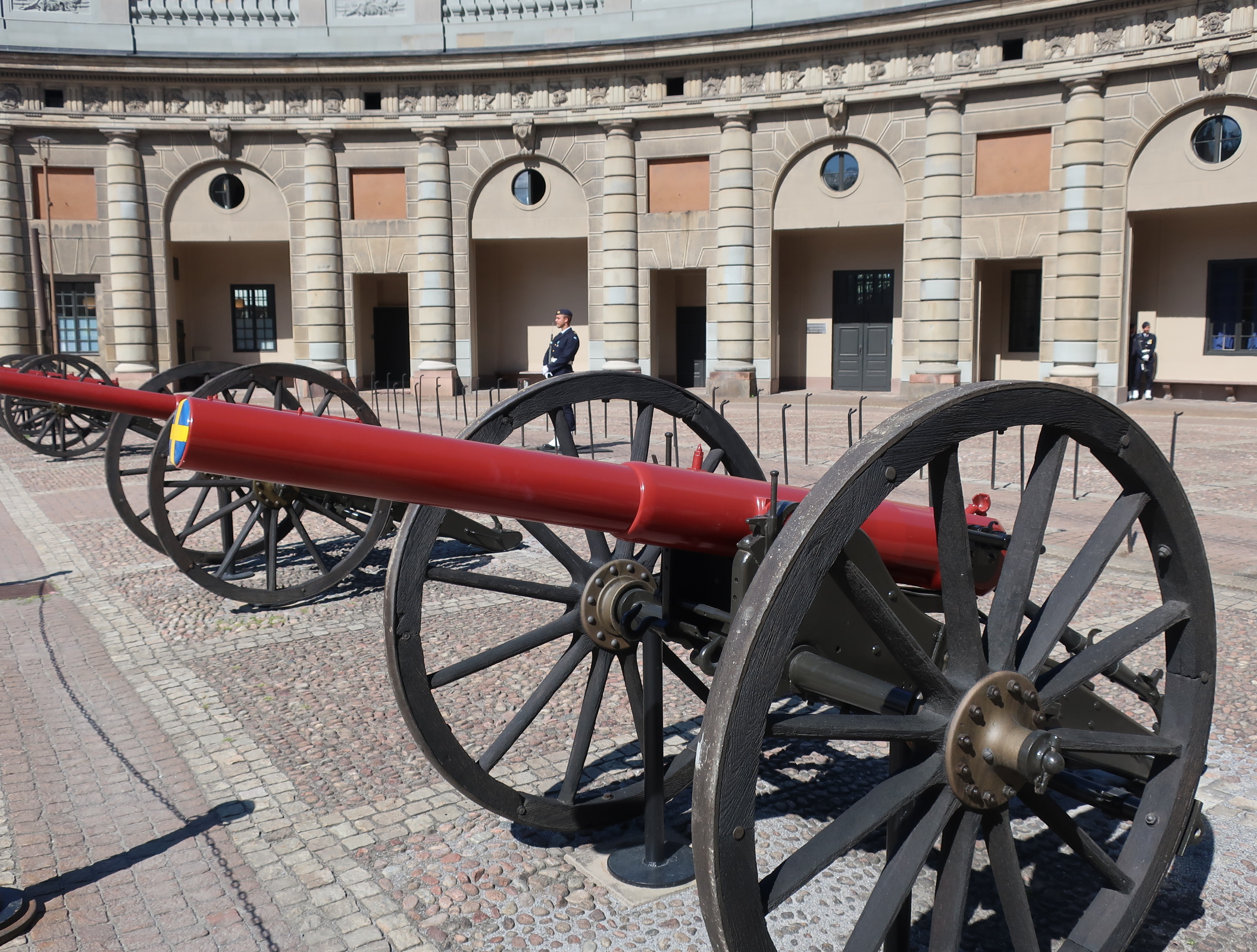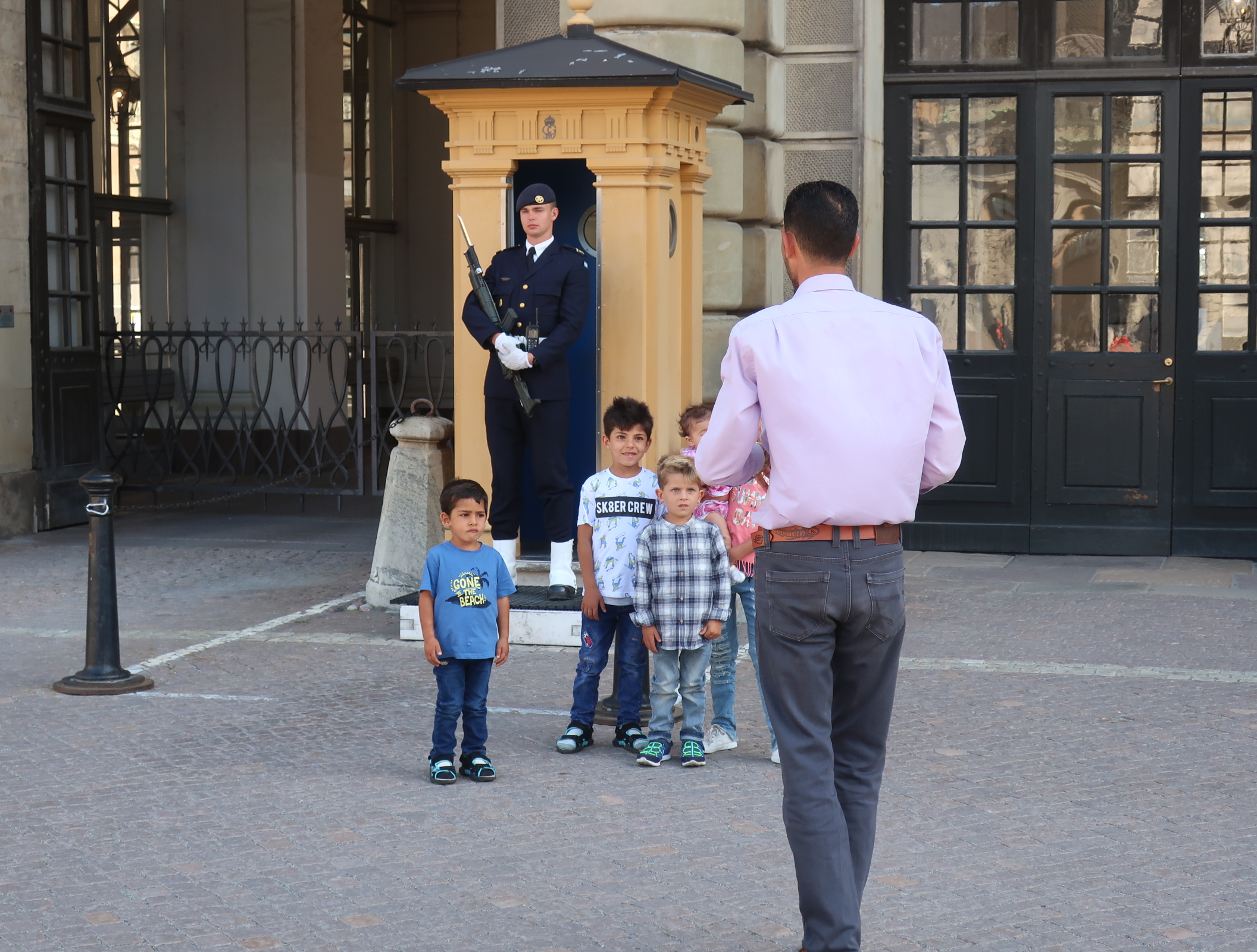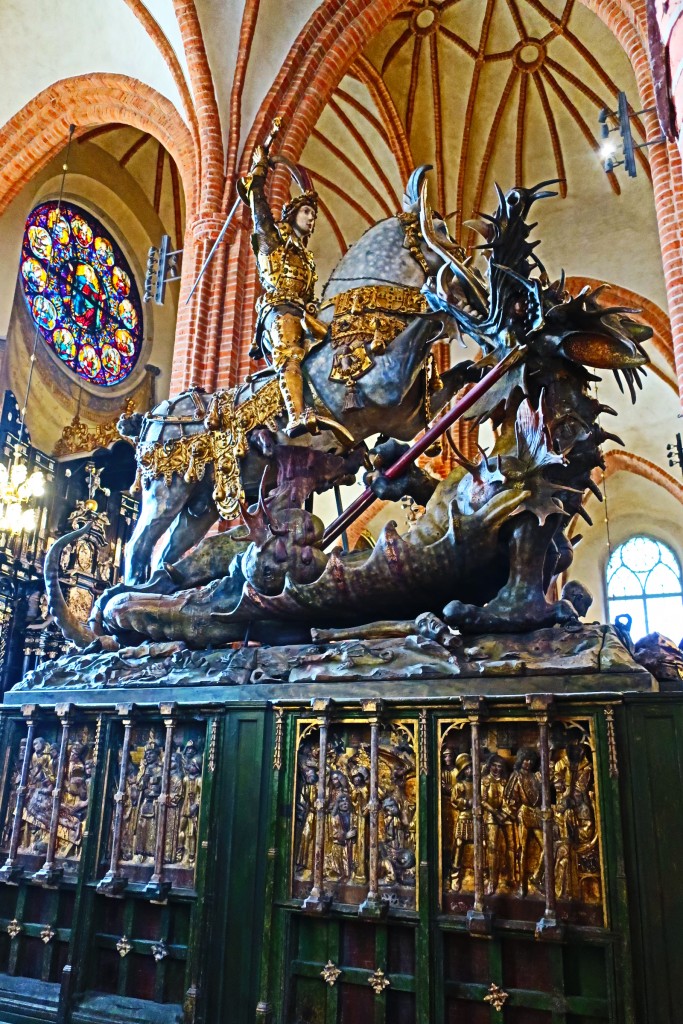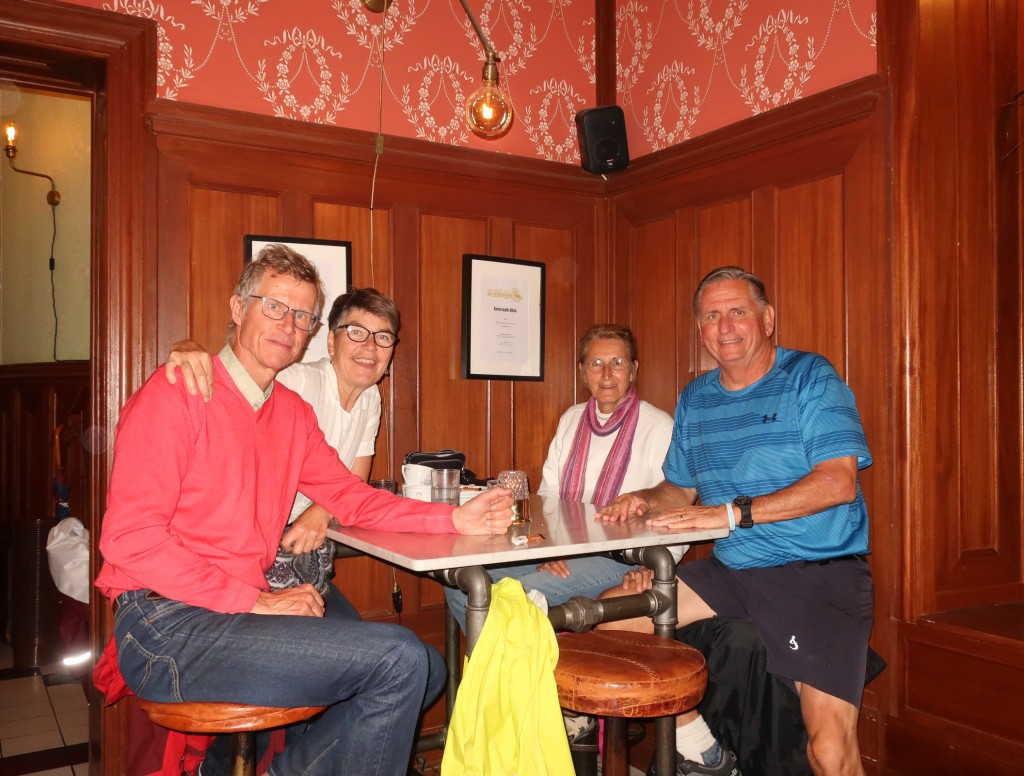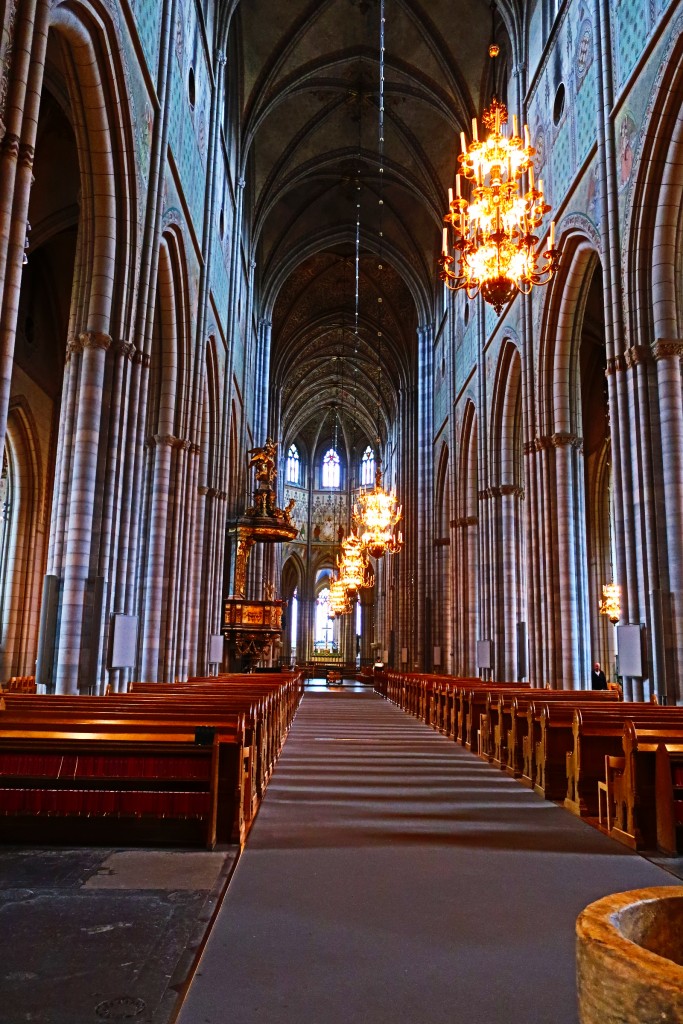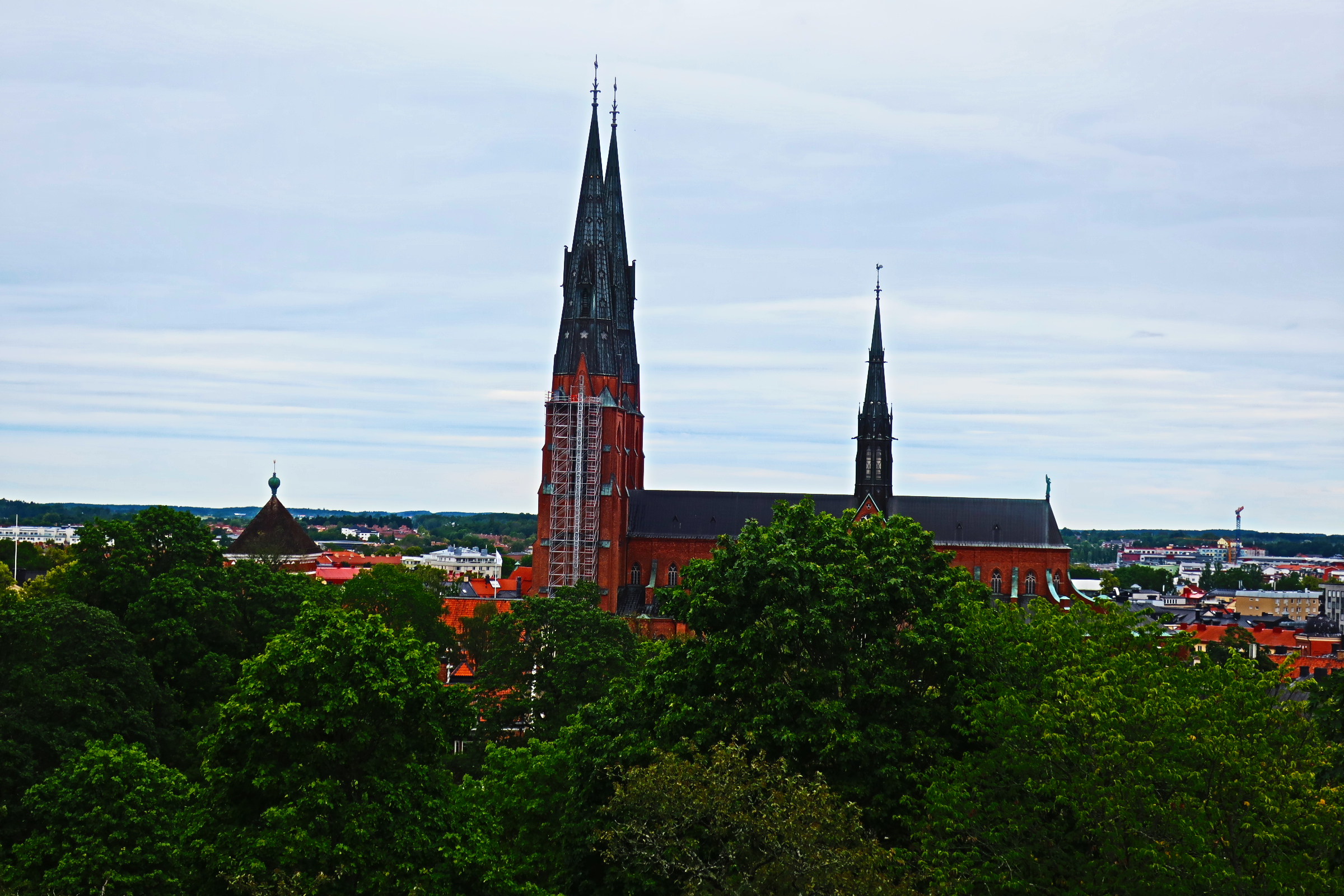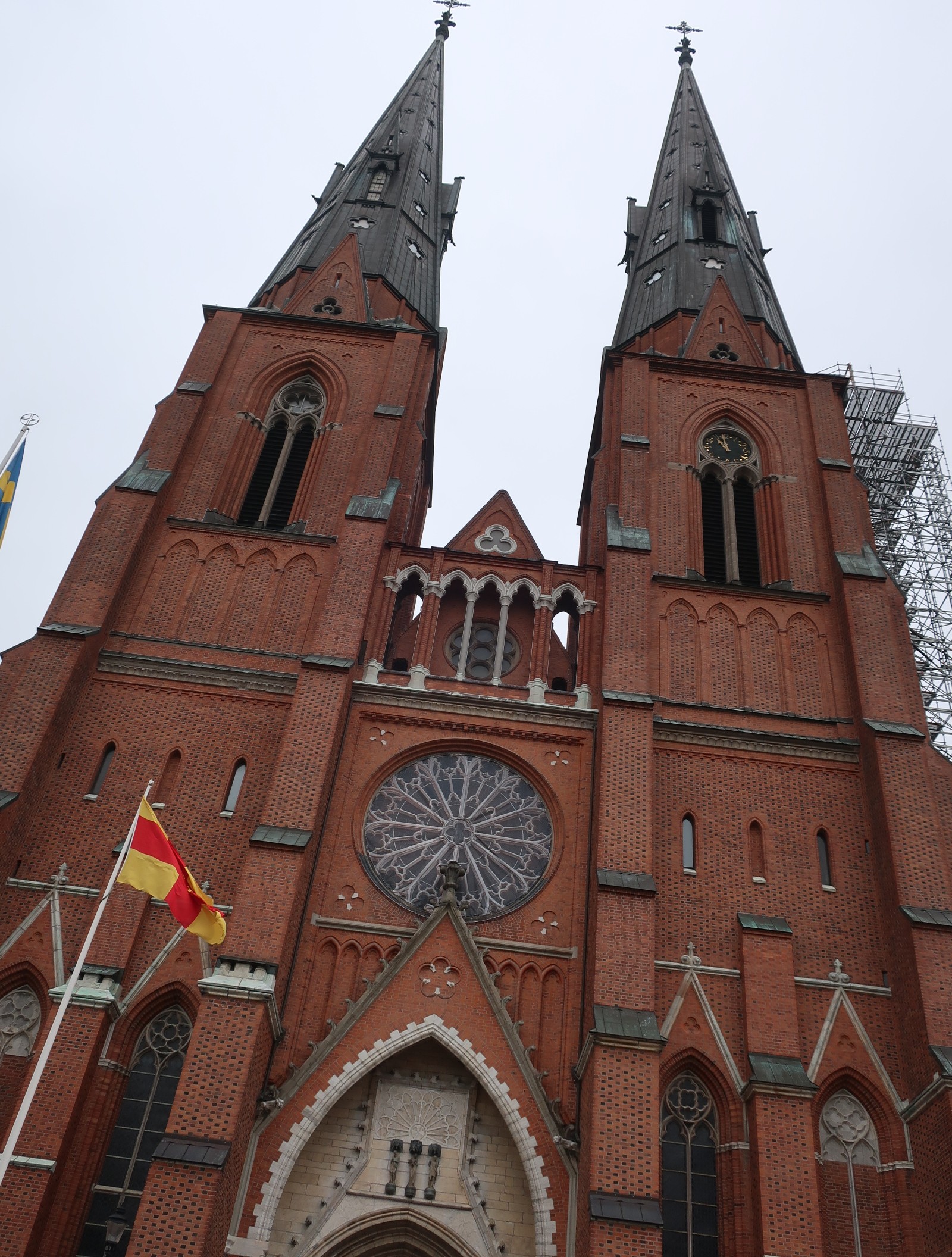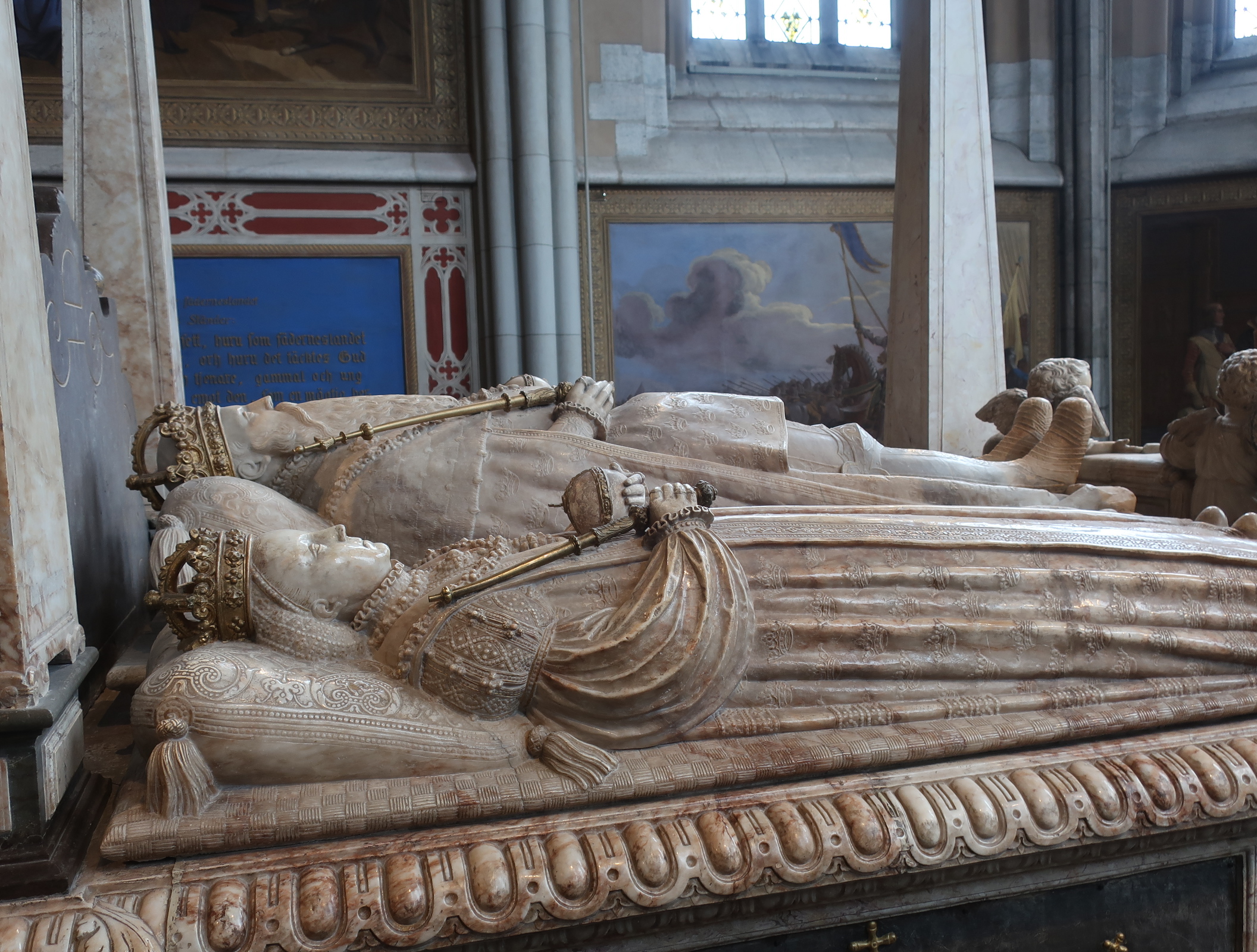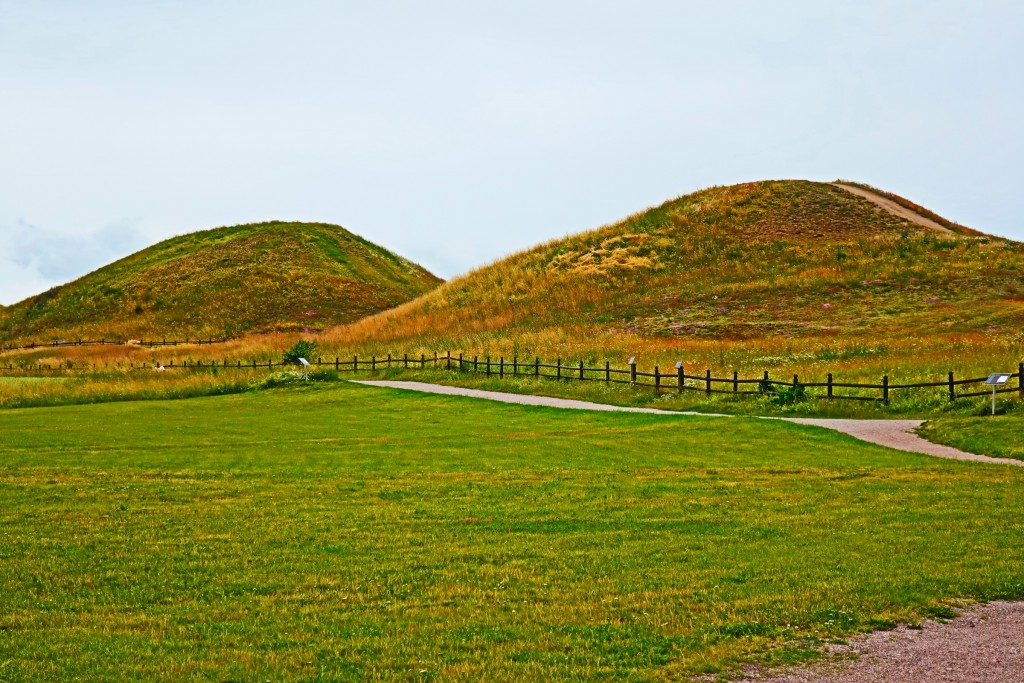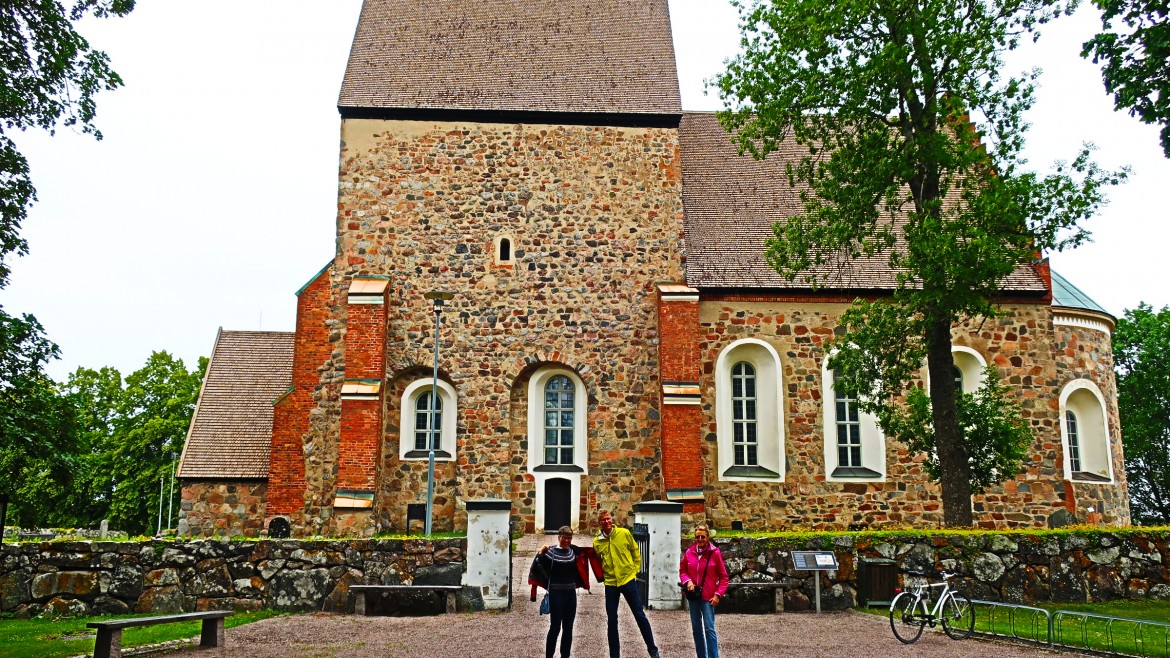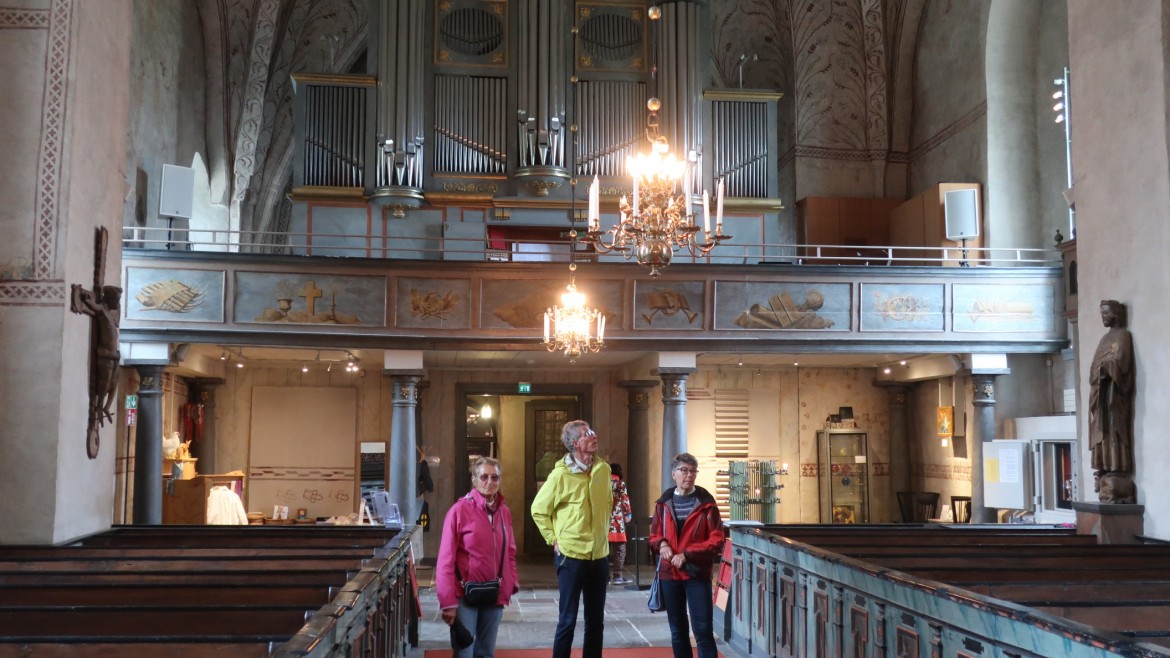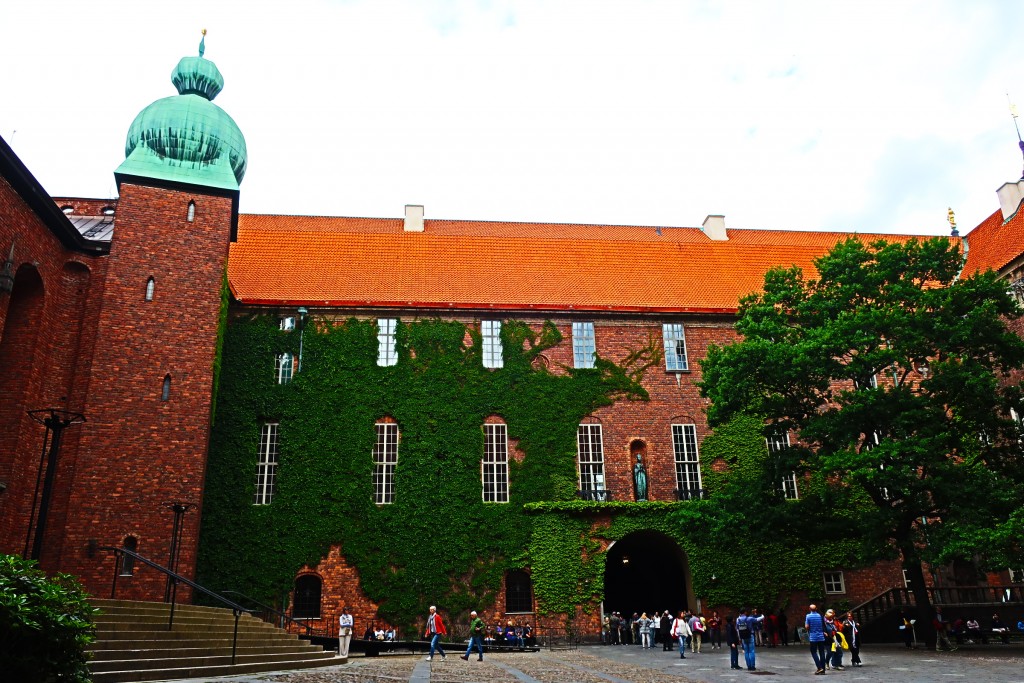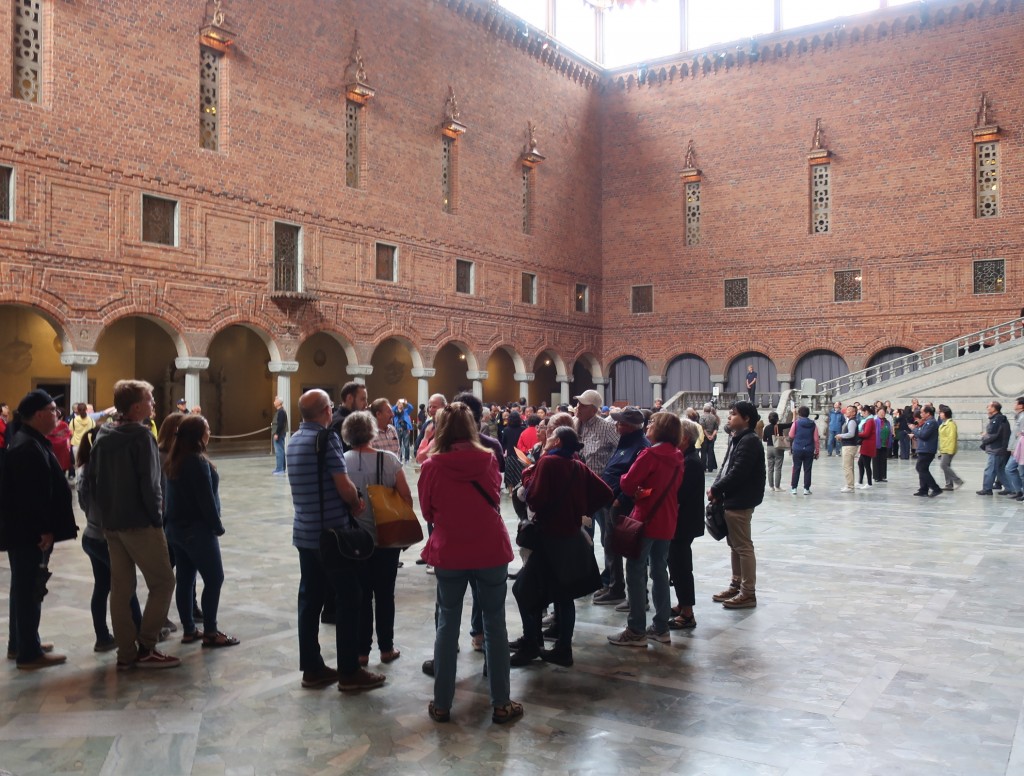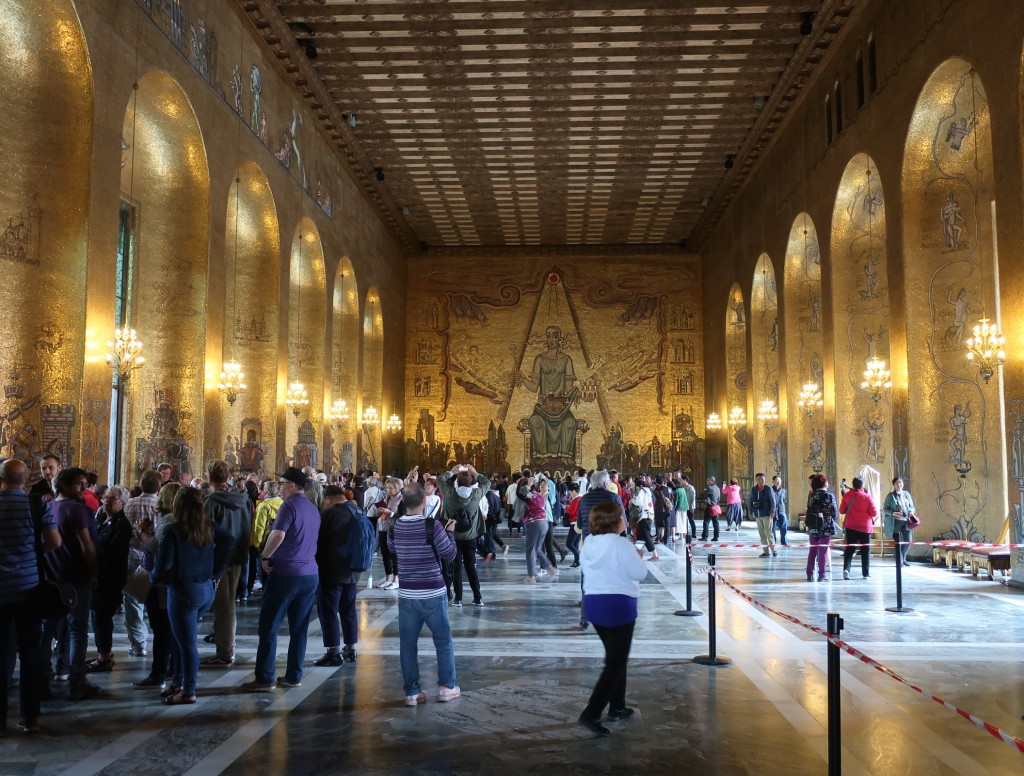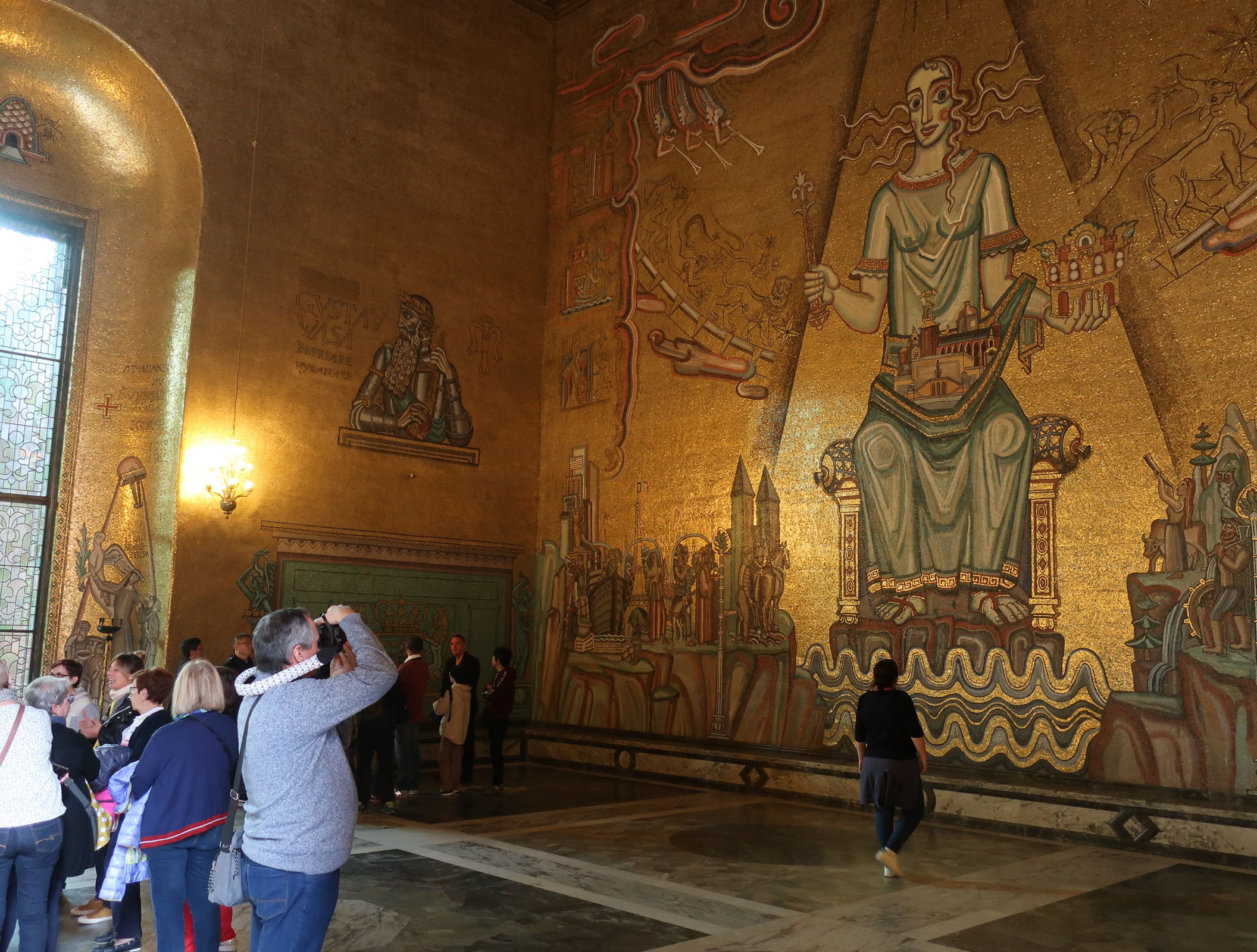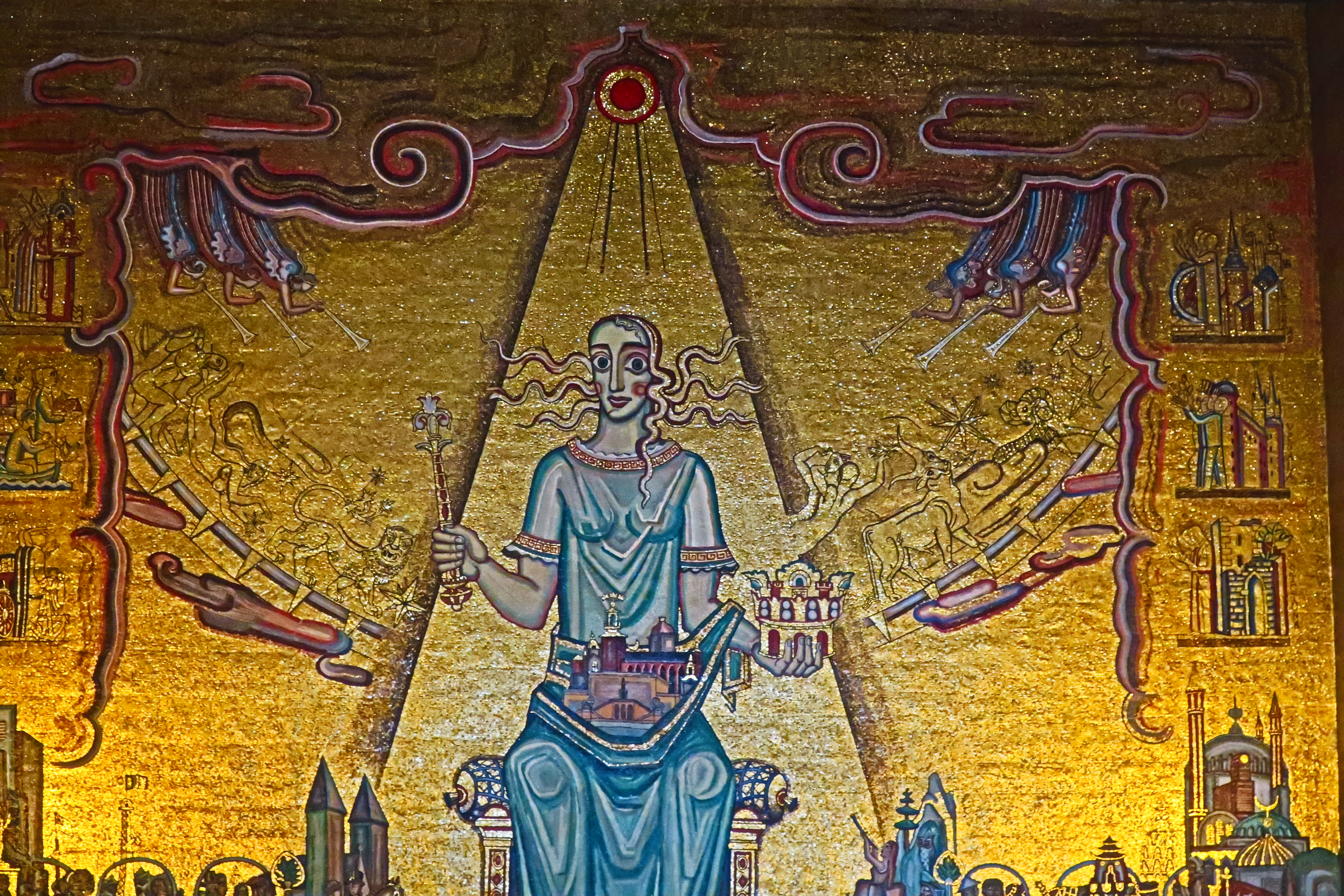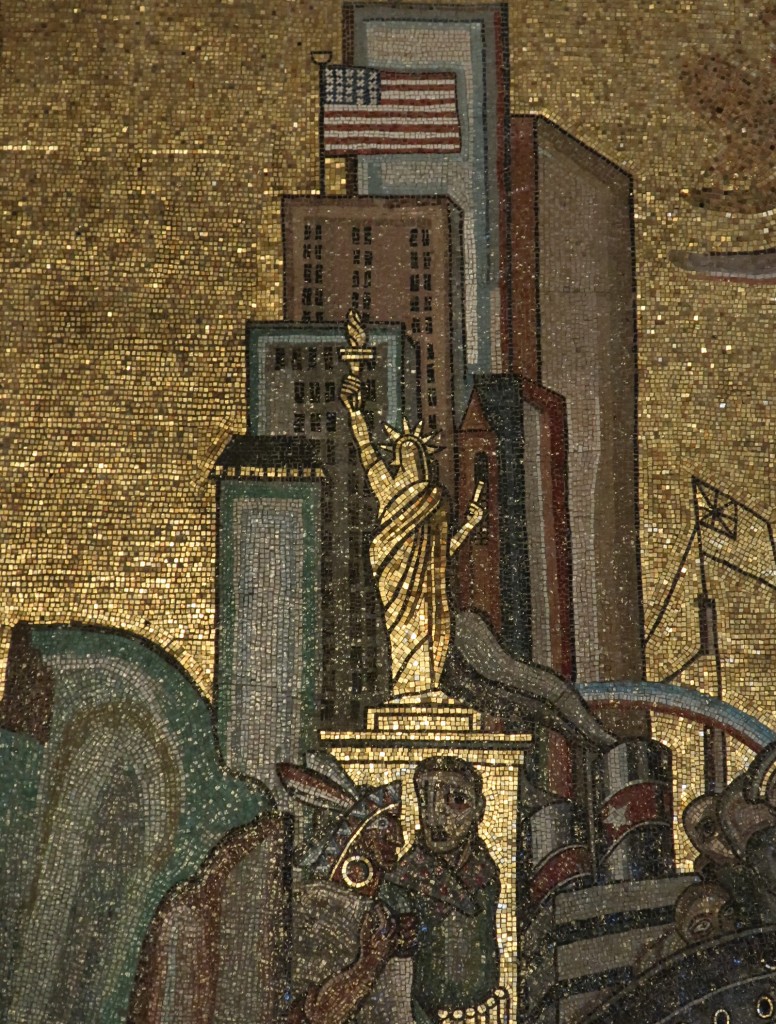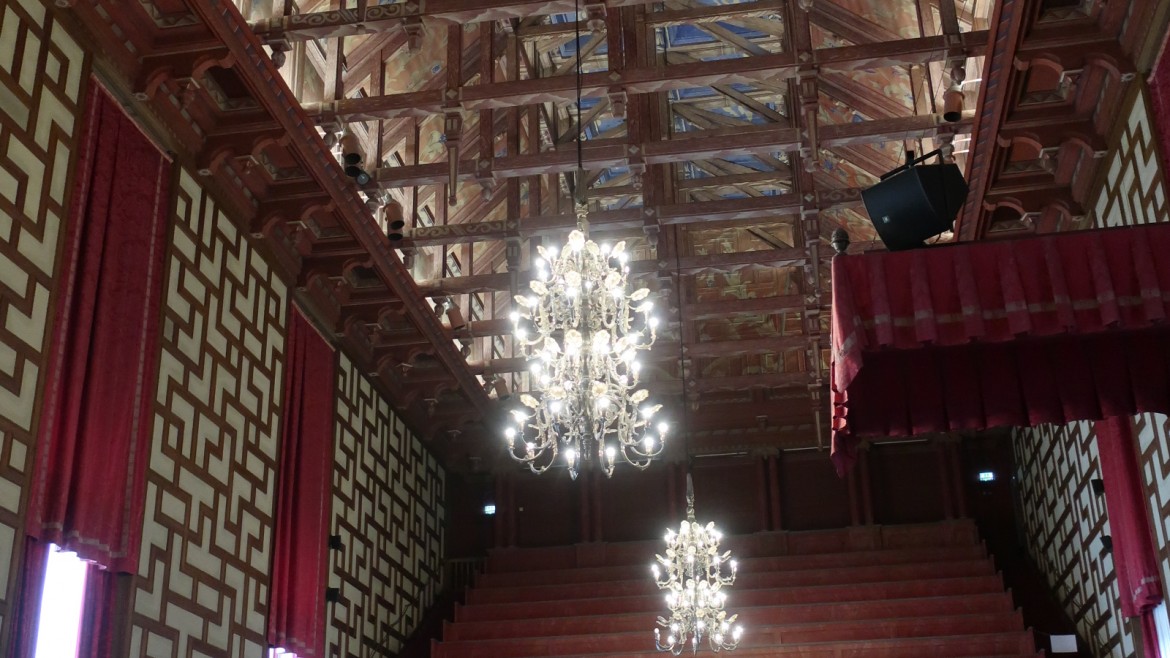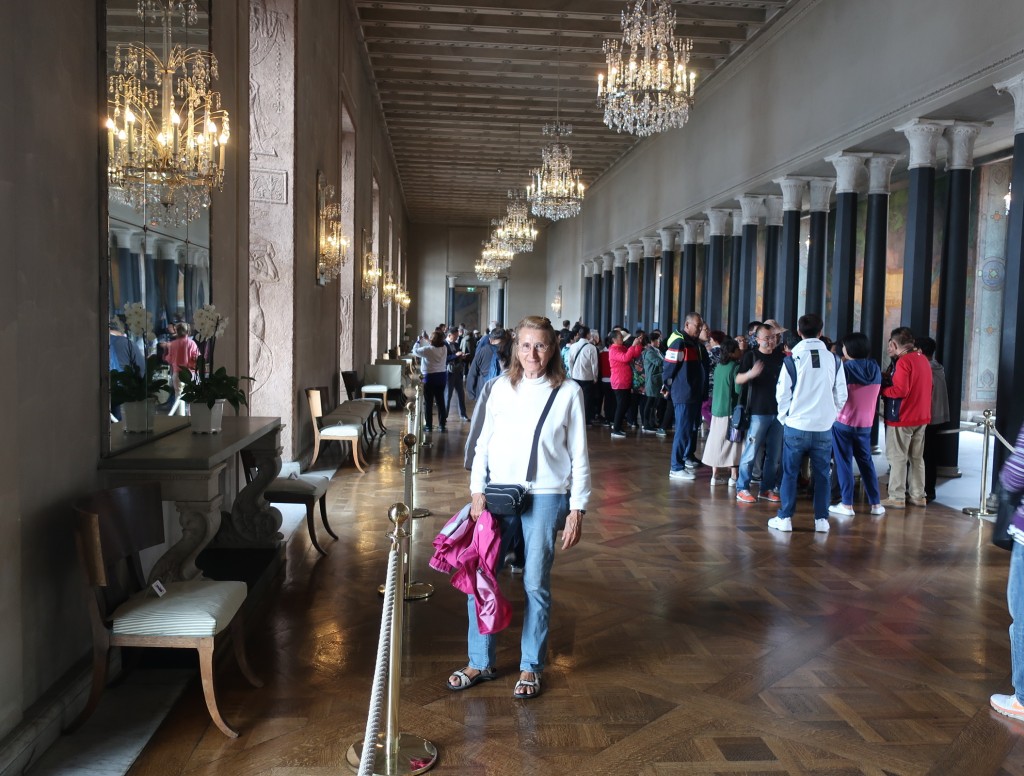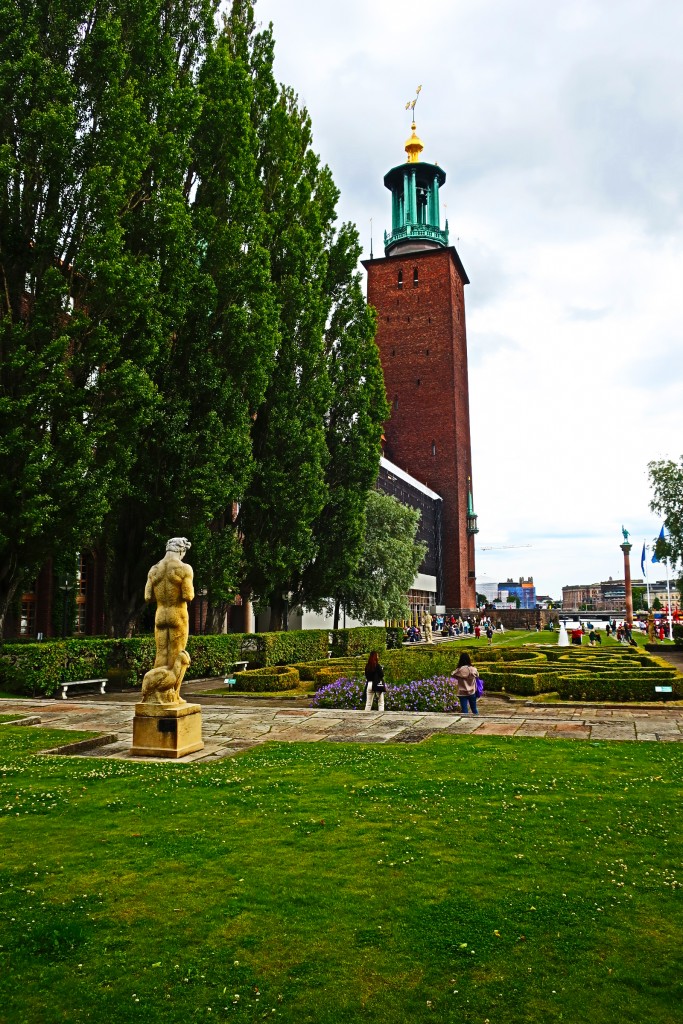Sweden’s capital and largest city is Stockholm. Earliest records of date back to 1252. Stockholm is actually on 14 islands connected by 57 bridges. The city is nicknamed “The Beauty on the Water.”
Today, Stockholm is a mixture of the old and new.
If you ever hear of the word “Stockholm Syndrome,” it means when hostages form a liking to their captors. You may be fond of Sweden’s IKEA (the largest store is actually in South Korea), Volvo and Swedish meatballs are all from this unique nation.
We flew from St. Petersburg, Russia, via Riga—the capital of Latvia– and then on to Stockholm’s famous airport, Arlanda. It is well worth the extra money to take the fast train into Stockholm, only 20 minutes compared to almost an hour on the bus. You can’t miss the “Yellow train!”
In the central train station, there are guides that will give you information. You will notice these people as they are wearing brightly colored vests.
We stayed in the business hotel called “Radisson Blu Waterfront Hotel”. We did get lost as we first went into the sister hotel down the street called “Radisson Blu Royal Viking”. After taking a few detours, we made it to our comfortable residence.
It is an extremely busy hotel. The staff are friendly, though, and the breakfast is superb. The room, too, was most comfortable.
After short walk, we were in Stockholm’s “Old Town,” known as “Gamle Stan.” Cobblestone streets, narrow alley ways, cute cafes, shops and eateries make this a fine area to explore.

One of the alley ways is no more than 35 inches wide!
We did like several Italian restaurants in Gamle Stan, but became fond of an Indian all vegetarian restaurant called “The Hermitage.”
You will see a word posted on every corner: “FIKA.” The Swedes treasure their “coffee breaks!”
A good way to see the many islands and harbor is taking a harbor cruise.
We got off by the Vasa Museum. The best 17th century preserved battleship waits for your exploration. The Vasa in 1628 sank within twenty minutes of launching. Today, this maritime museum is the most visited museum in Scandinavia. We have written about the Vasa in a previous blog.
Just down the road is the ABBA museum.
If you have any love for the movie “Mamma Mia” and the band ABBA, this place is for you. Unfortunately, it does not take the Stockholm Travel Card. It is a tad expensive.
We are glad, though, that we toured this museum. Kathie was intense on watching every video.
There is a vast array of clothes, guitars and pictures of this most famous group. You can even sit in the truck that was used in Mamma Mia.
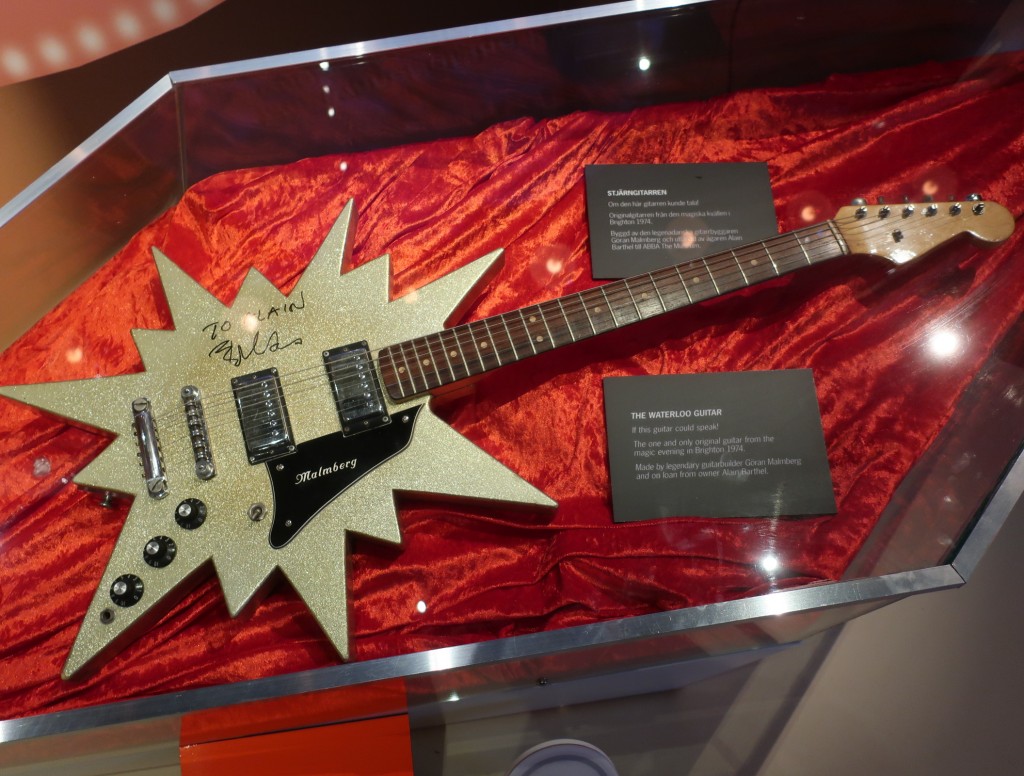
There is an area in the museum where participants can get on the stage and sing a song with a hologram of the band.
We did enjoy watching the 1977 drama-documentary of ABBA going to Australia.
The film concerns the exploits of a news reporter, Ashley Wallace (played by Robert Hughes) who tries to land an exclusive interview with the band members. Unfortunately, years later after the film, Robert Hughes was convicted of sexual offenses against children. He was given a 10-year sentence.
A little further from the ABBA museum is Stockholm’s famous amusement park—Grona Lund– which dates back to 1883. We decided Tivioli Gardens in Copenhagen was enough roller coaster fun. We got back on the boat for another cruise around the waterways.
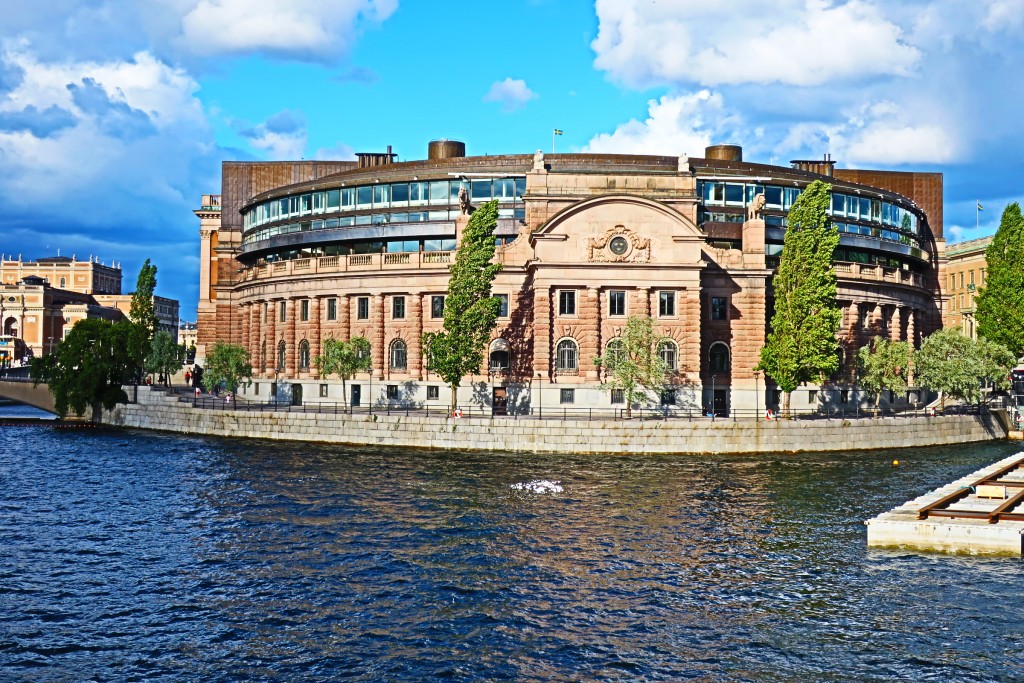
Another place well visited is Stockholm’s Royal Palace. You can tour inside, but not all 600 rooms!
I remember seeing something very similar to these statues in Las Vegas. I always wondered where the Mirage of Las Vegas got its ideas.
Highly recommend arriving early to see the Changing of the Guards on weekdays at 12:15. There is only so much room is the courtyard.
Not far from the palace is the Storkyrkan Church. It is here you can find one of the most gorgeous wooden statues depicting Saint George and the Dragon. This rather large statue was made in 1489 and is quite stunning to say the least. One interpretation is the statue is actually a victory monument celebrating a Swedish victory over the Danish!
On our second to last day in Stockholm, we traveled thirty minutes north to the university town of Uppsala. We have friends living there as retired medical doctors. I met Bertil in Brindisi, Italy, back in 1979.
The Larsson’s drove us around to see Uppsala’s famous cathedral.
The tallest church in Scandinavia.
It became the burial place for one of Sweden’s most powerful kings, Eric IX. Unfortunately, he was beheaded but did become the patron saint of Sweden. A legend was spread of a fountain that sprang up where Eric was beheaded.
The cathedral, now Lutheran, dates back to the late 13th century. There are a number of Royal tombs.
We were also shown three Royal burial grounds in “Gamla Uppsala” which dates back to as early as the 3rd century.
Close by was the interesting 11th century Gamla Uppsala Church.
Our Swedish friends treated us to a memorable lunch and afternoon tea and coffee.
On our last day in Stockholm, we went to Stockholm City Hall which was really close to our hotel. This is the place where the Nobel Prizes are given out for physics, chemistry, medicine and literature every year on December 10th in the “Blue Hall.”
City Hall is where the character of Sheldon Cooper went to receive the Nobel Prize for science in the show The Big Bang Theory. As you remember, it was their last ever show.
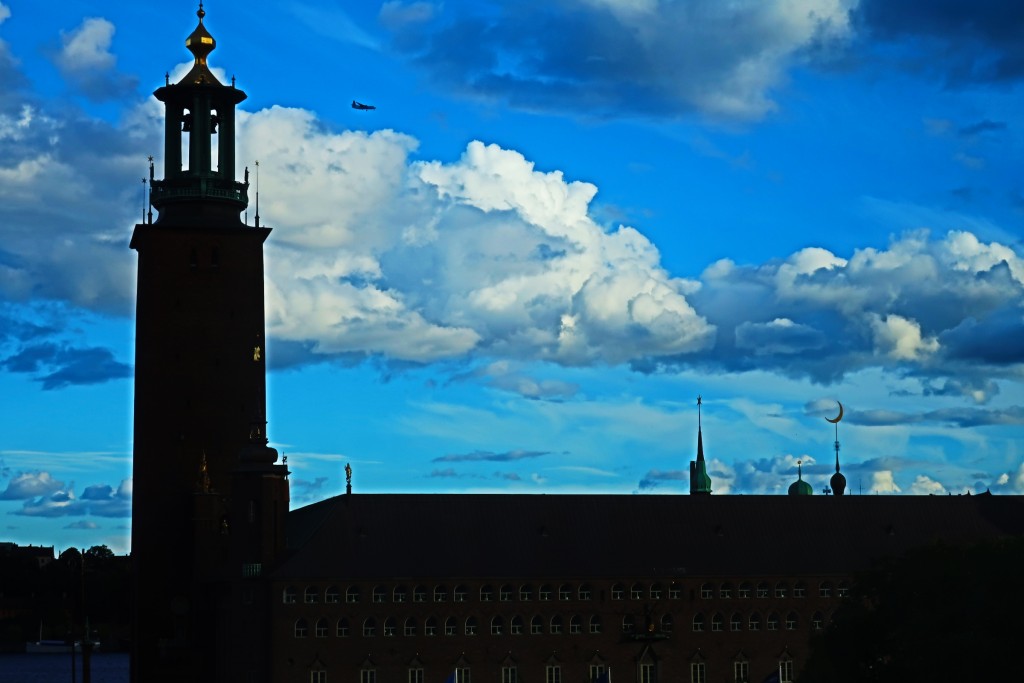
Alfred Nobel was actually Swedish. He felt so guilty in creating TNT, he opted to have awards given out to benefit humanity. Where is the Nobel Peace Prize you say? That award is given out in Oslo, Norway on the very same day.

The construction took 12 years to build City Hall. Over 8 million red bricks—known as monk bricks as they were used to build monasteries and churches.
Originally, the large hall was supposed to be in “blue.” It is known today as “The Blue Hall,” but everything is practically in red. This large hall is where the Nobel Prize banquet is held. There is also a pipe organ with over 10,000 pipes, largest in Scandinavia.
The Gold Room is where the Nobel Prize dance is held. Over 18 million mosaic pieces are inlaid along the walls. On the main wall is a reference to the Statue of Liberty of the United States.
The tour guide will also take you through a meeting hall where legislators meet.
If you are ambitious, there is also a 300-foot tower you can climb—365 steps. Outside is a small garden with unique statues. It overlooks other Swedish islands and waters.



